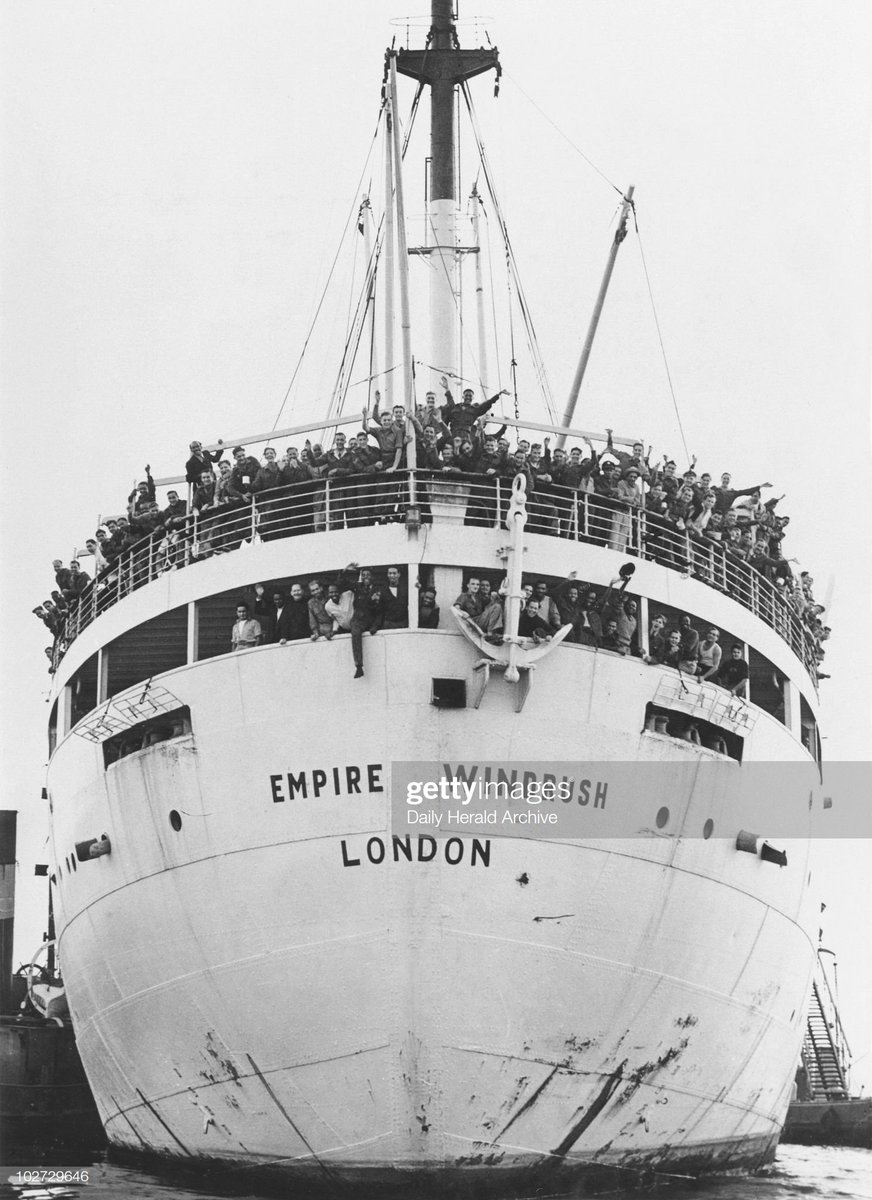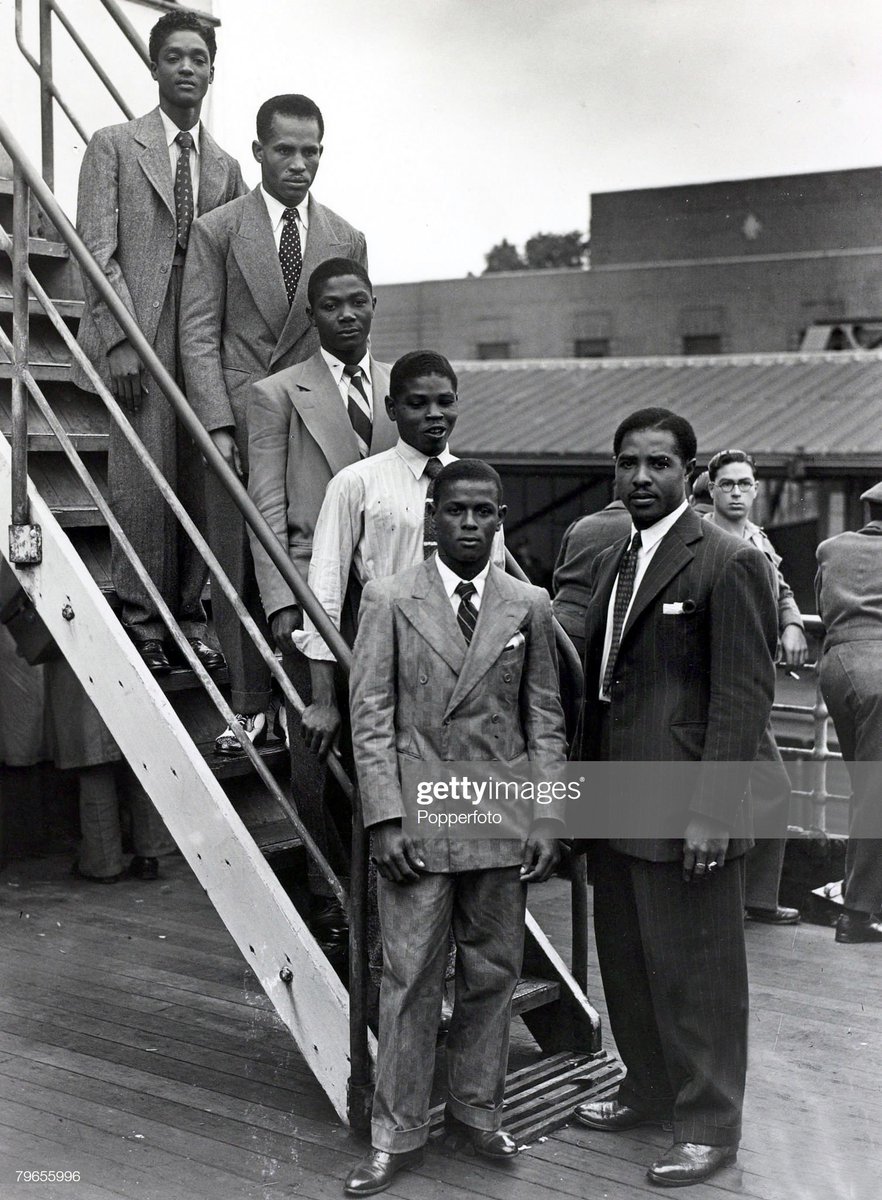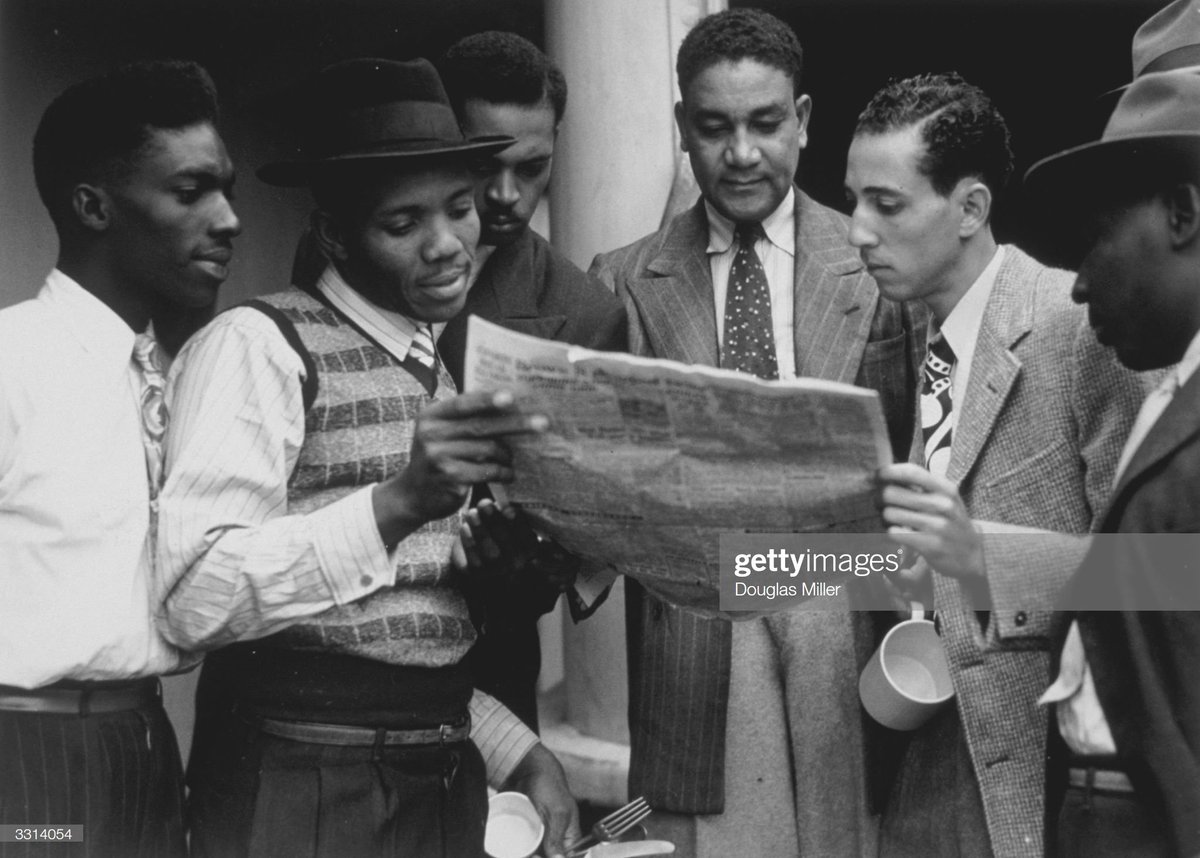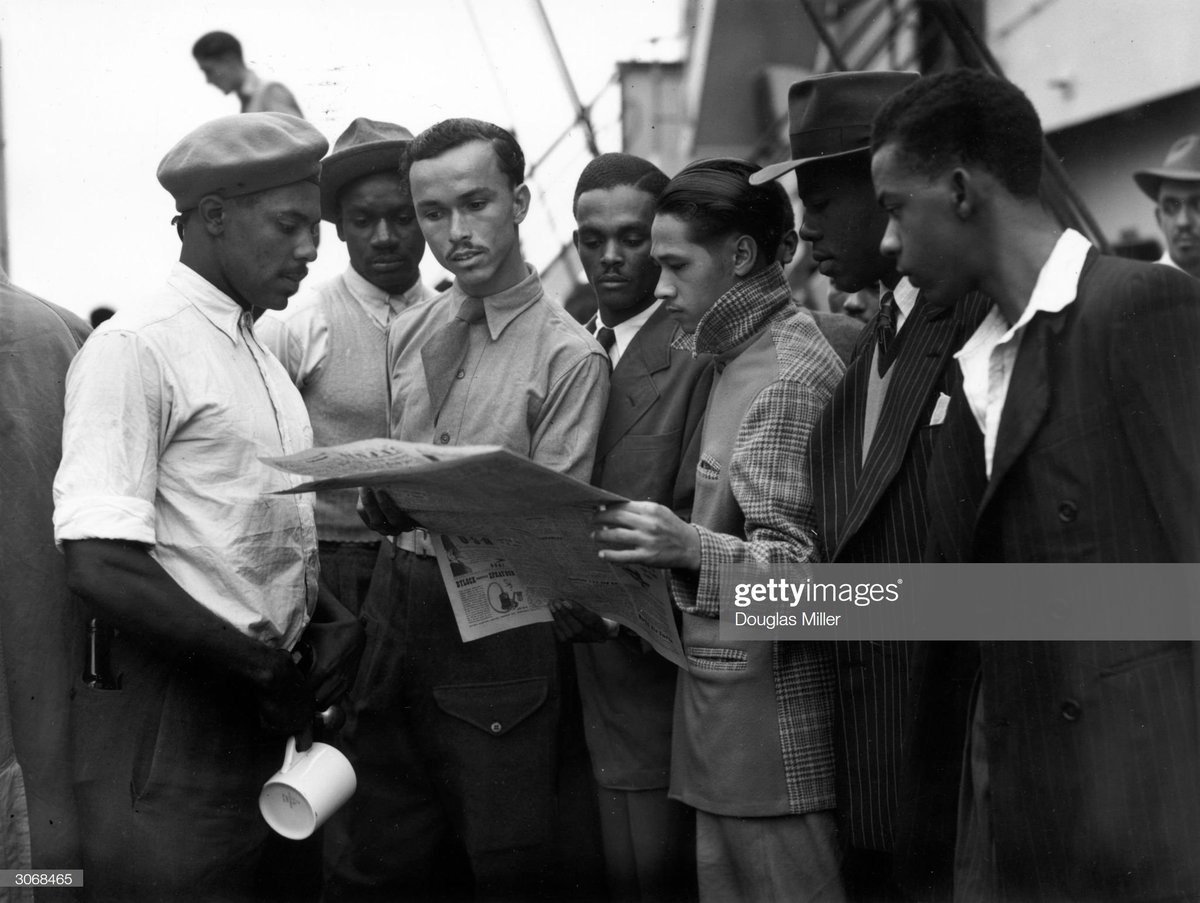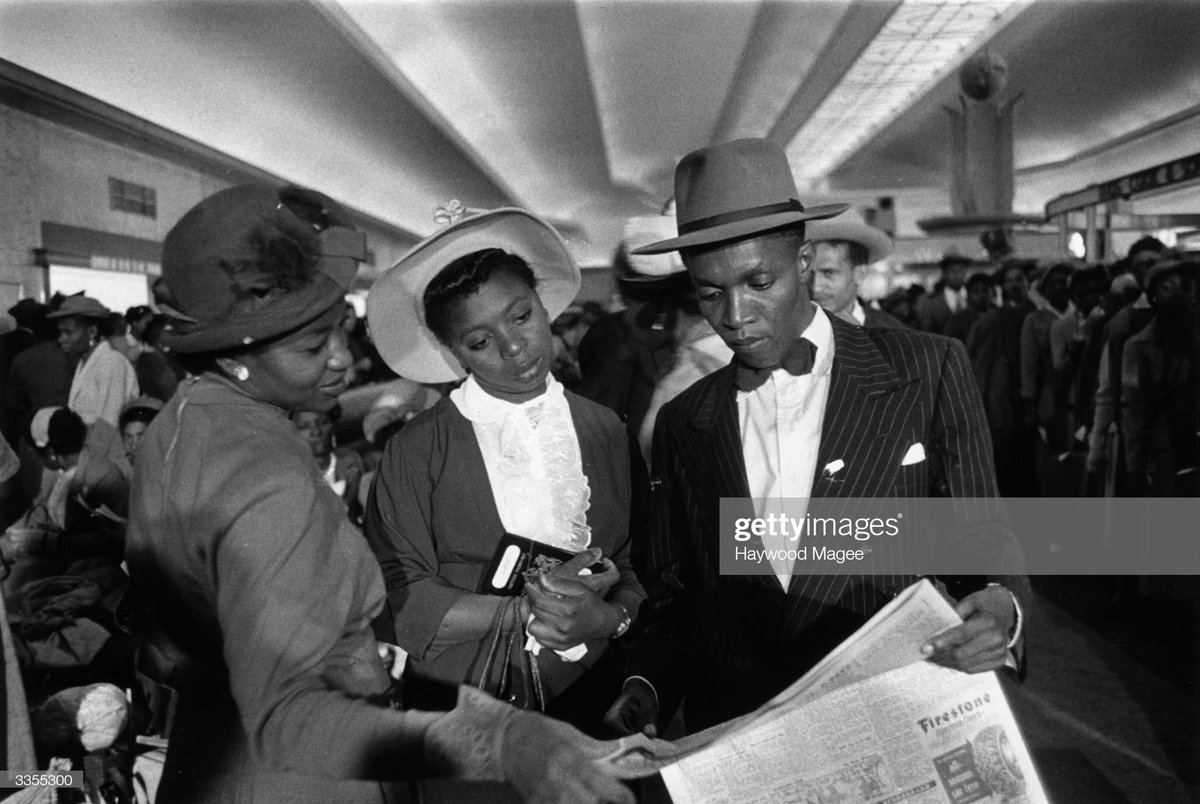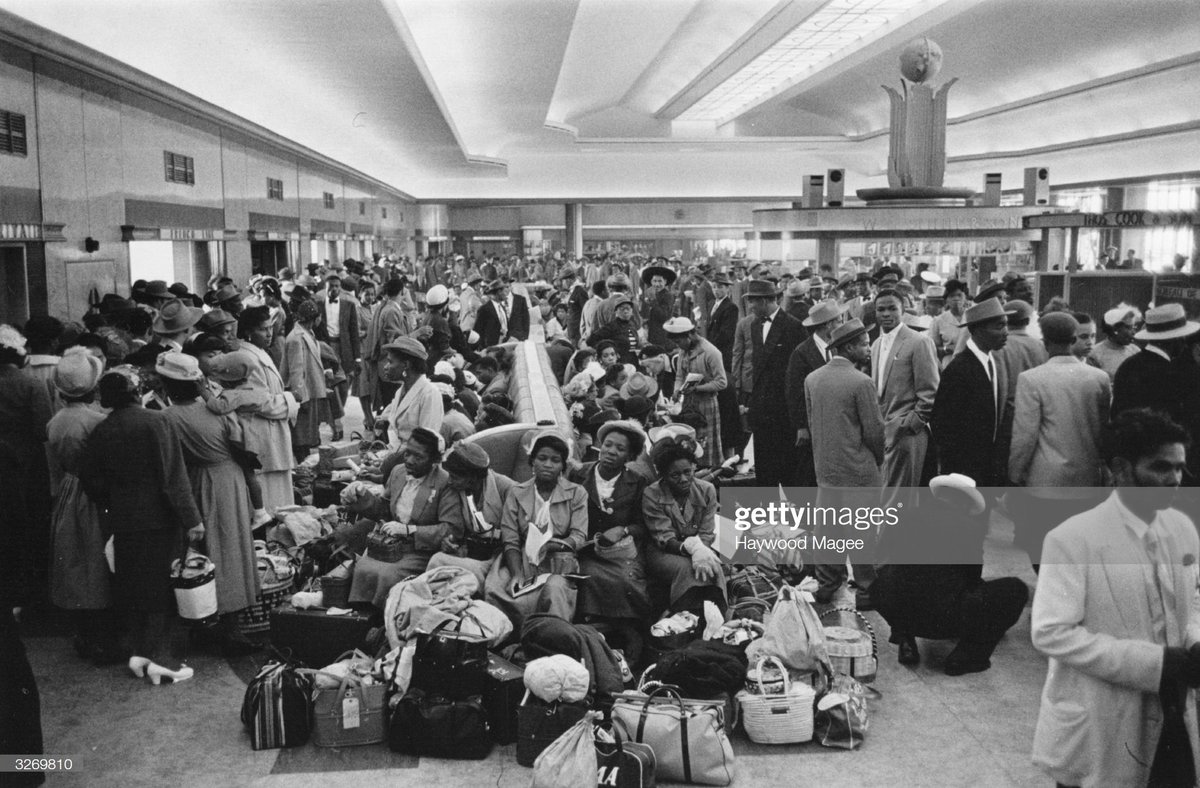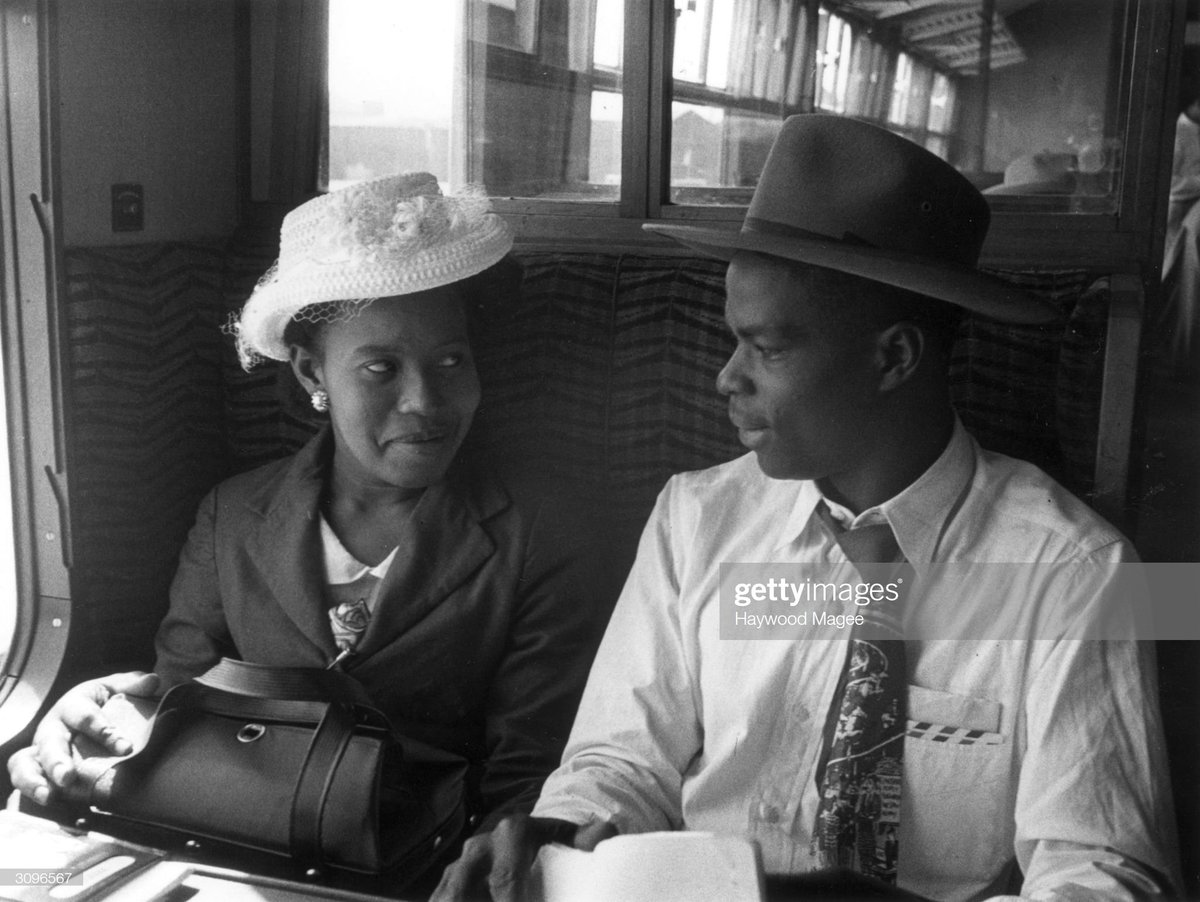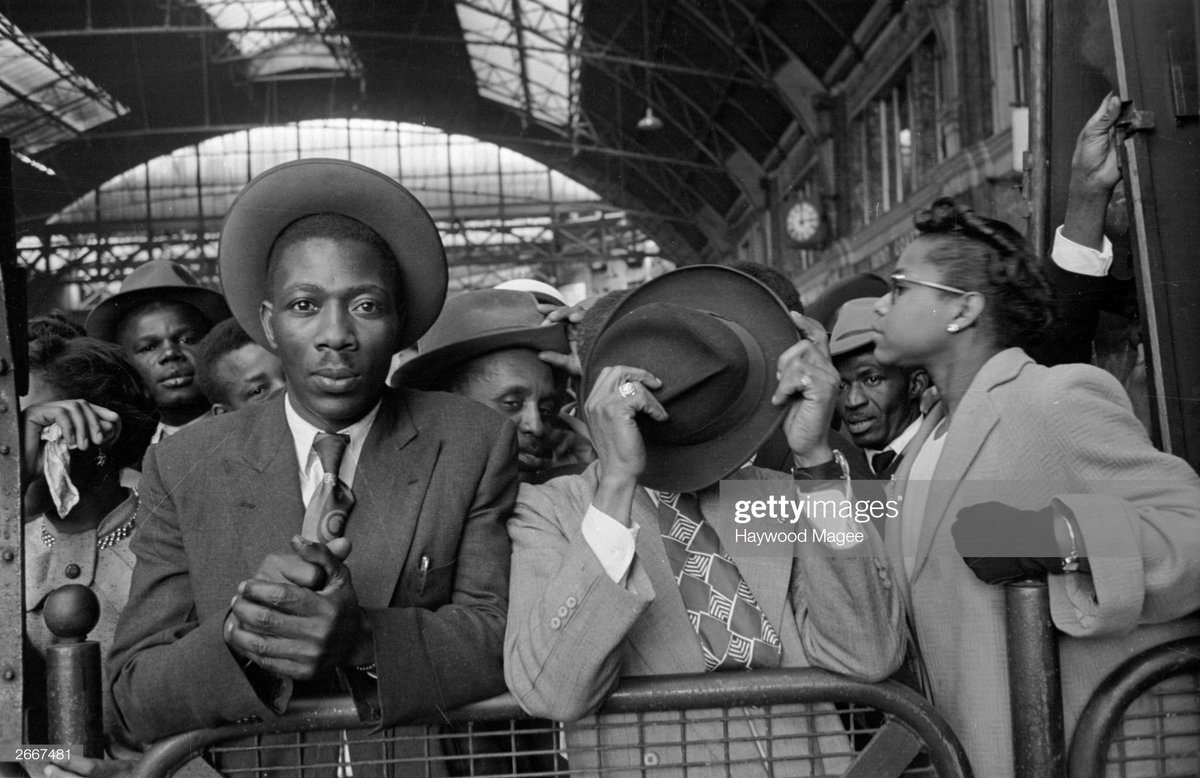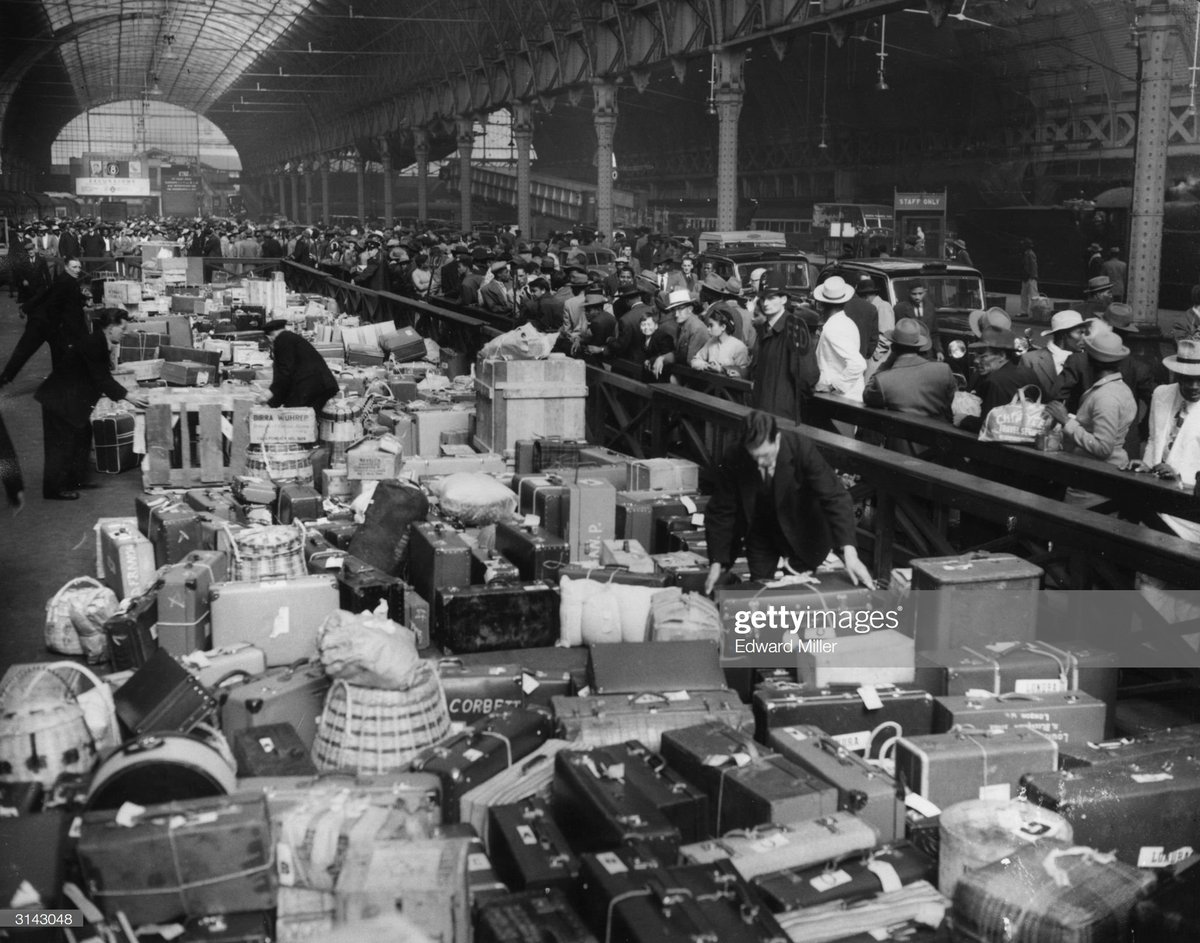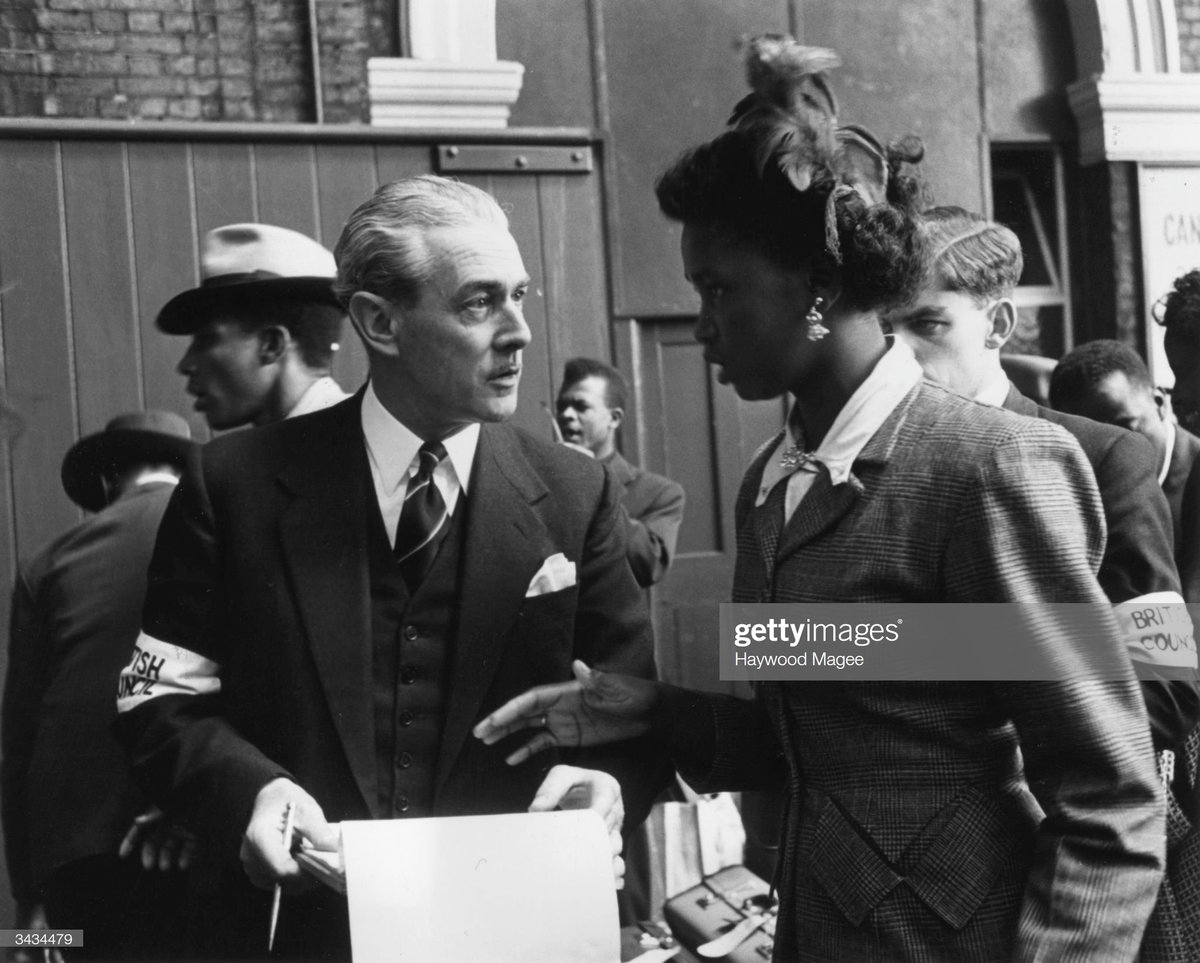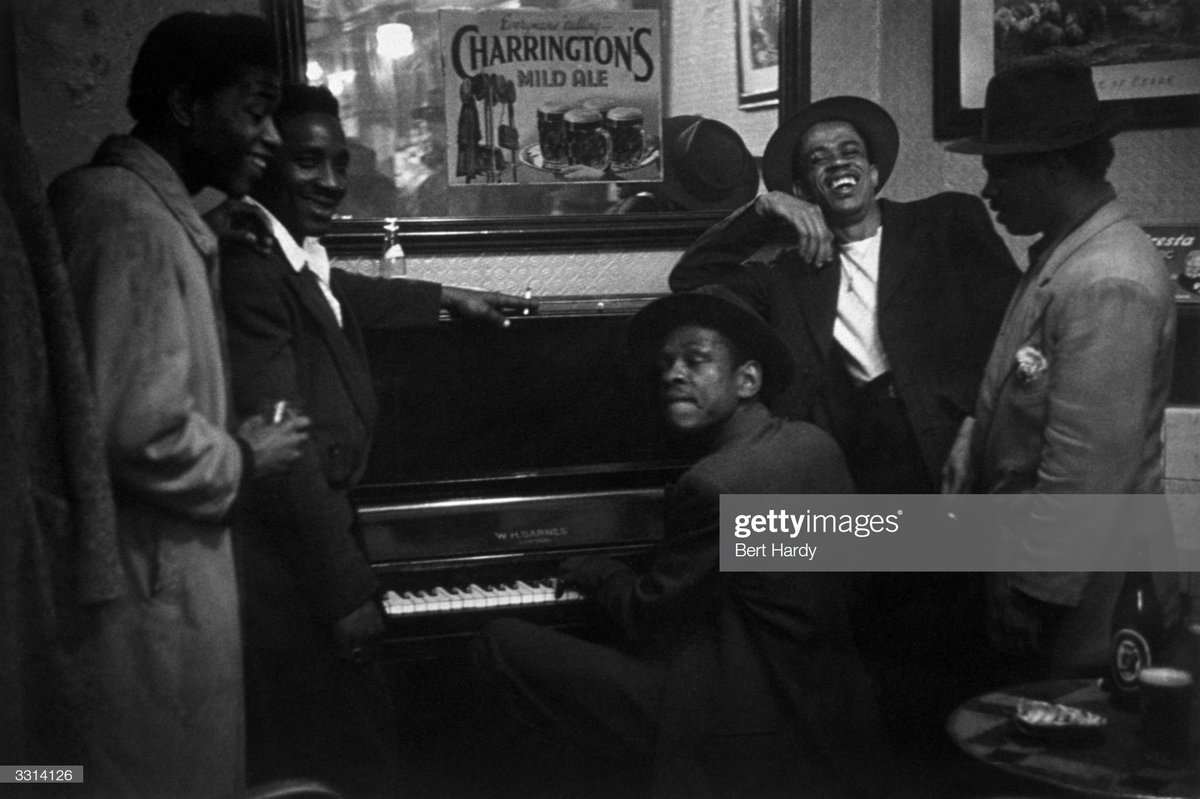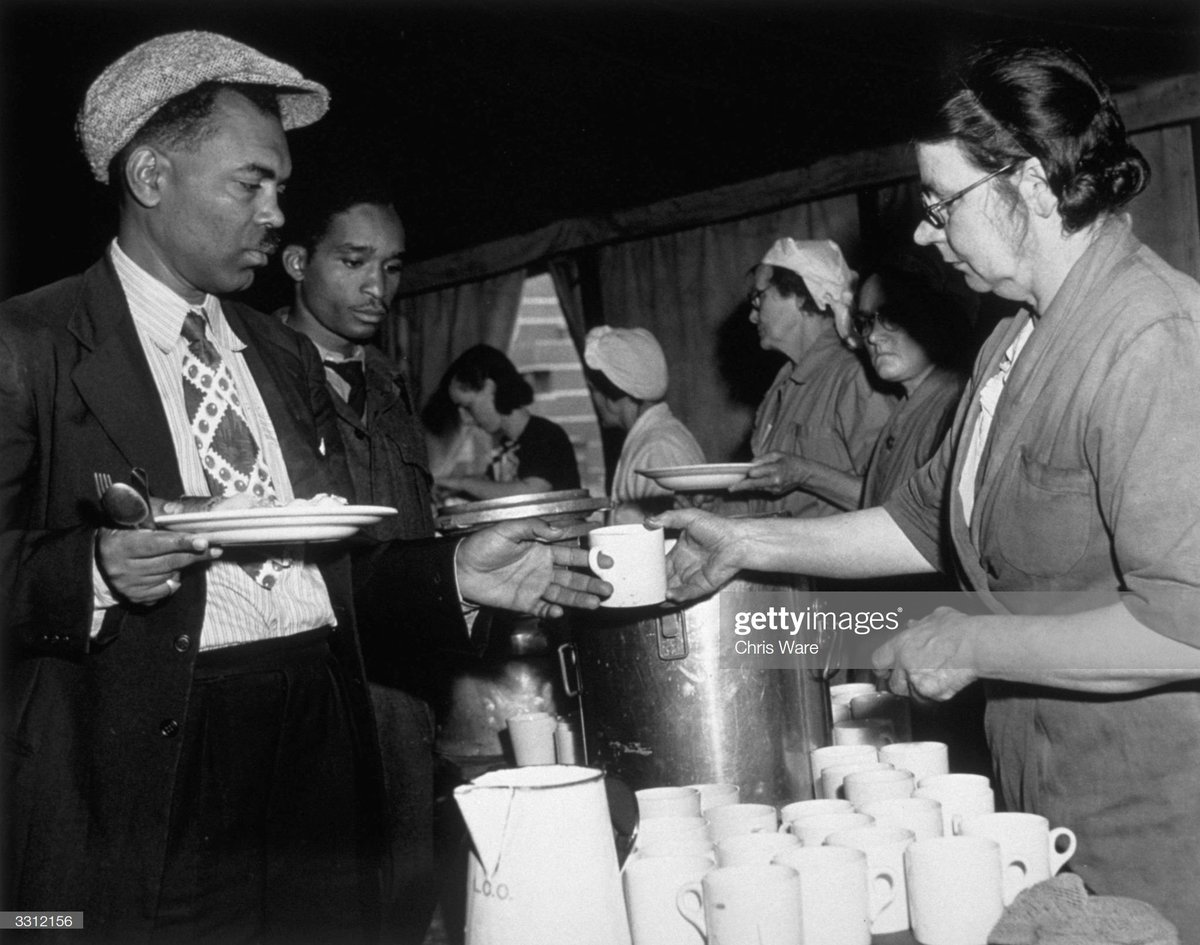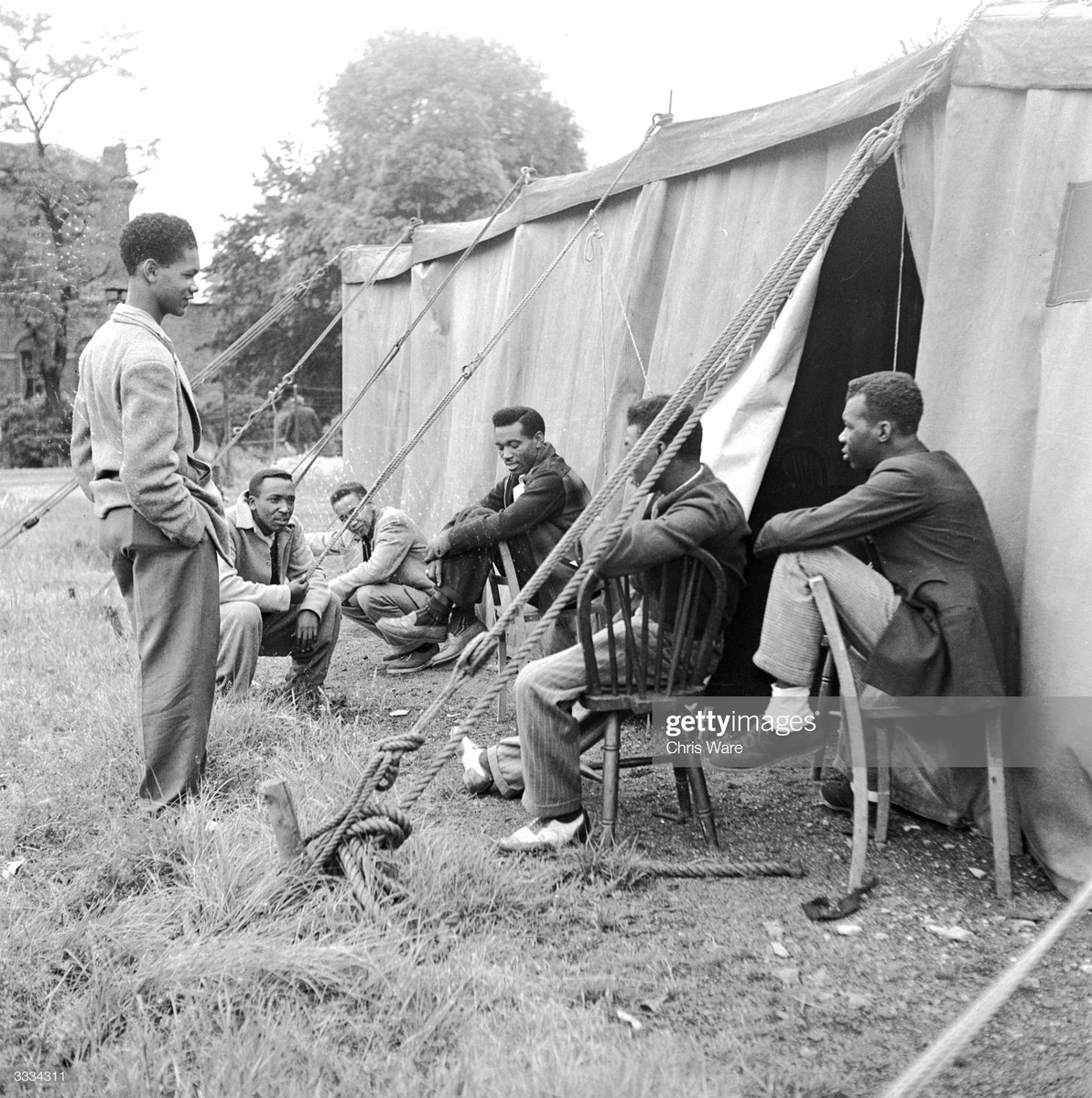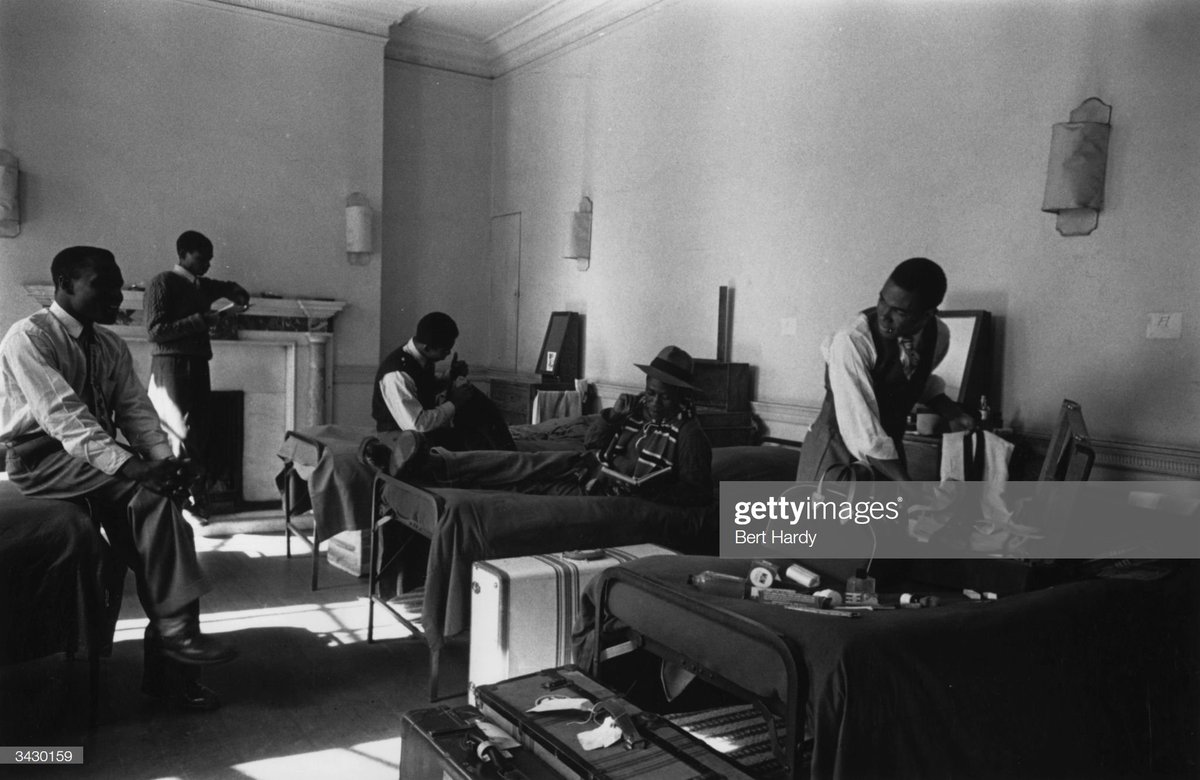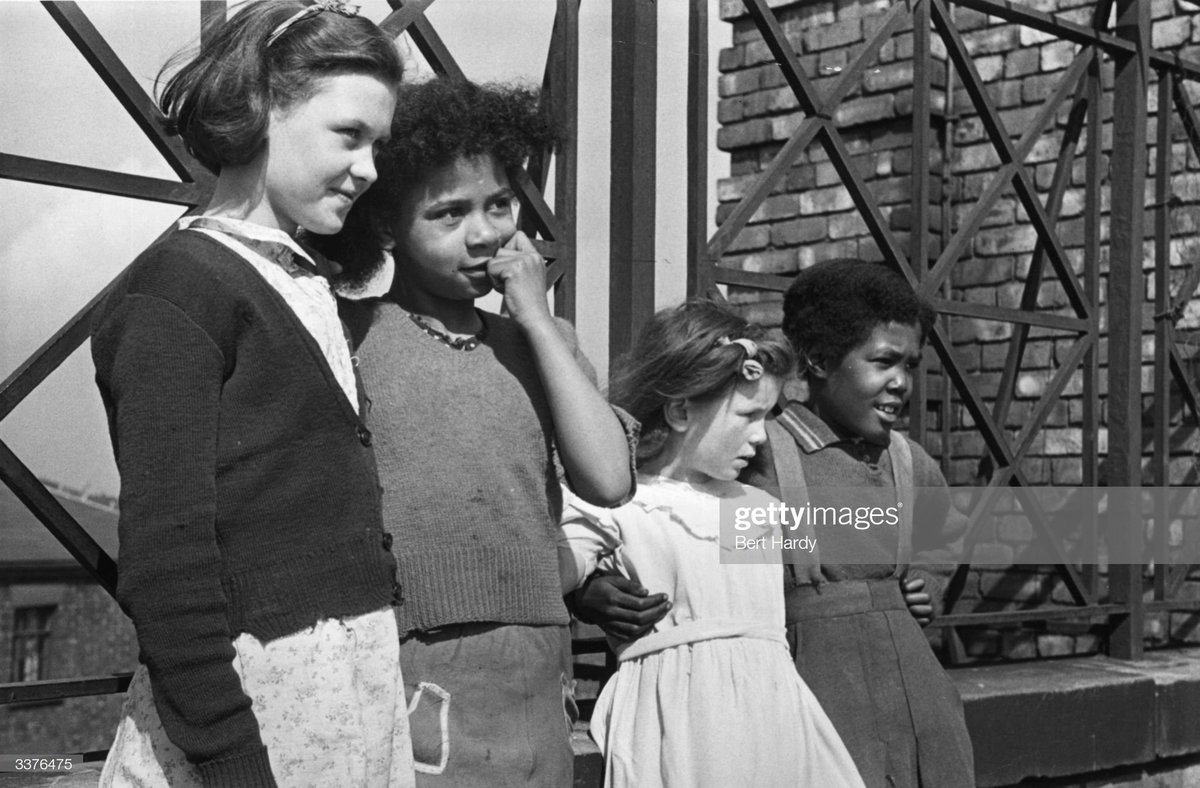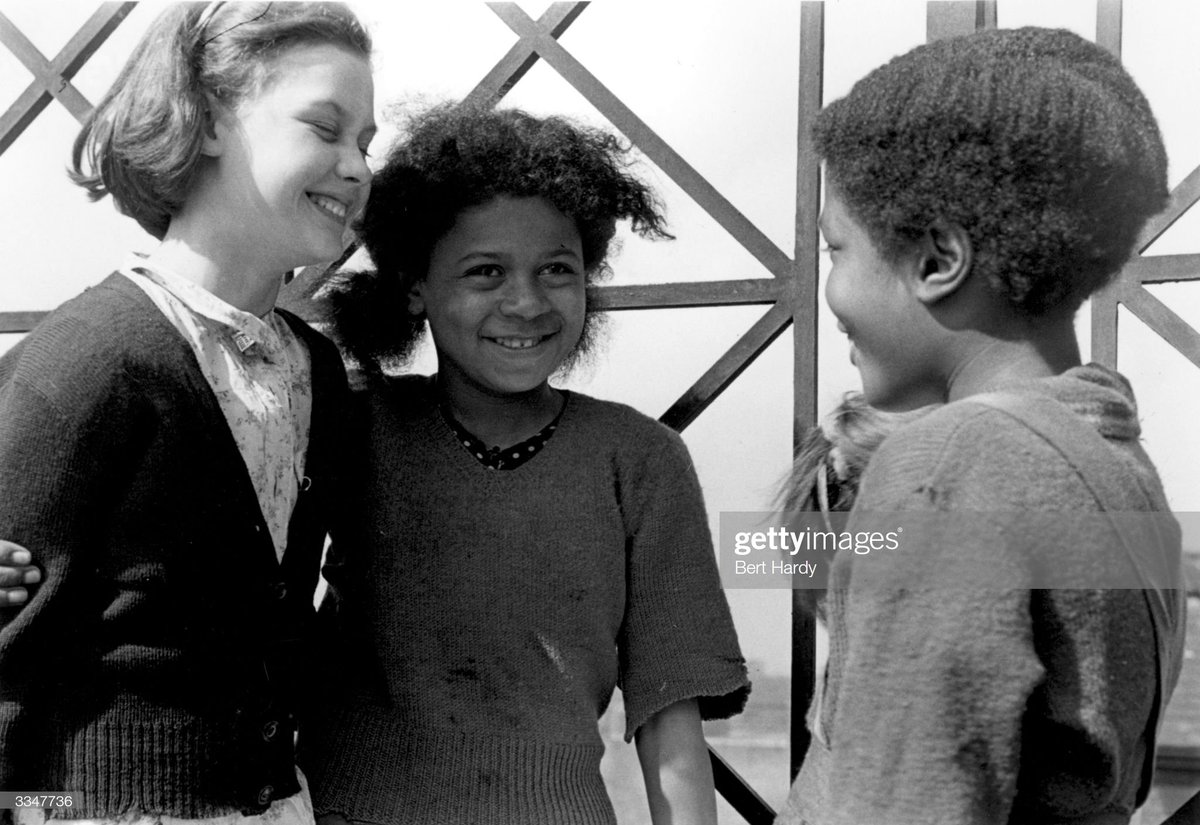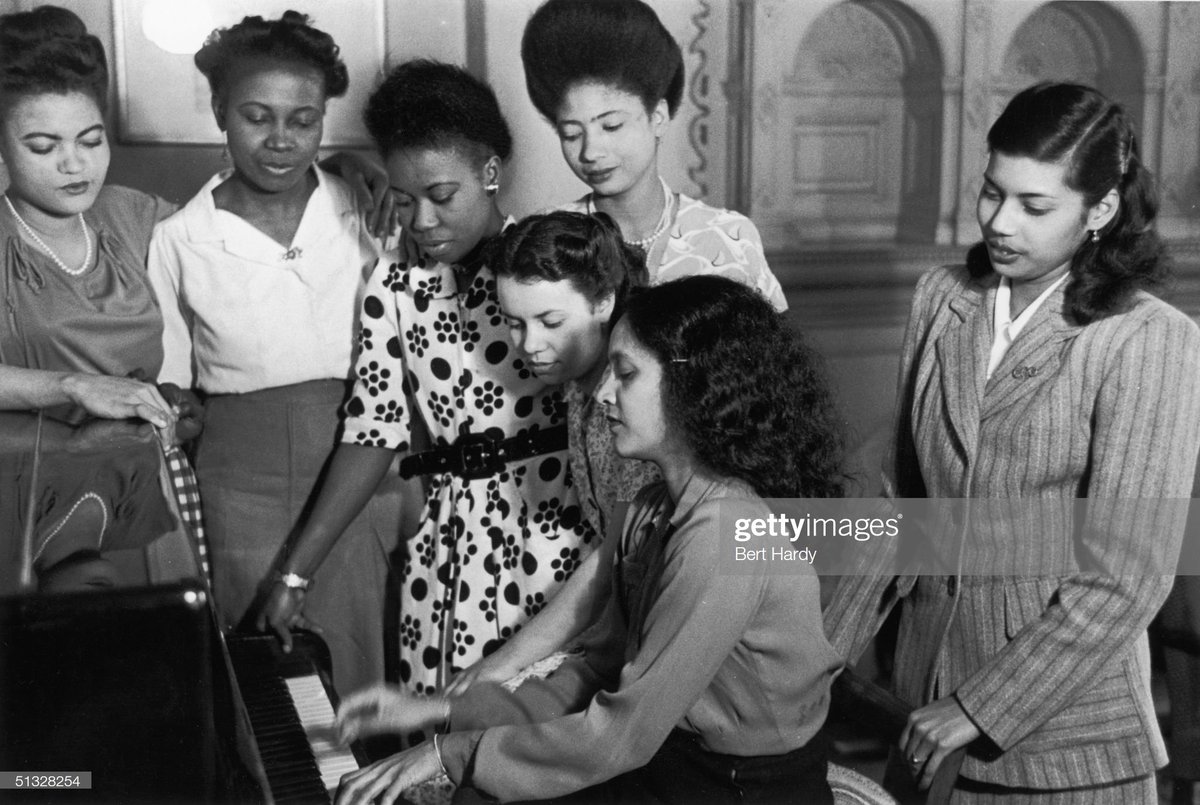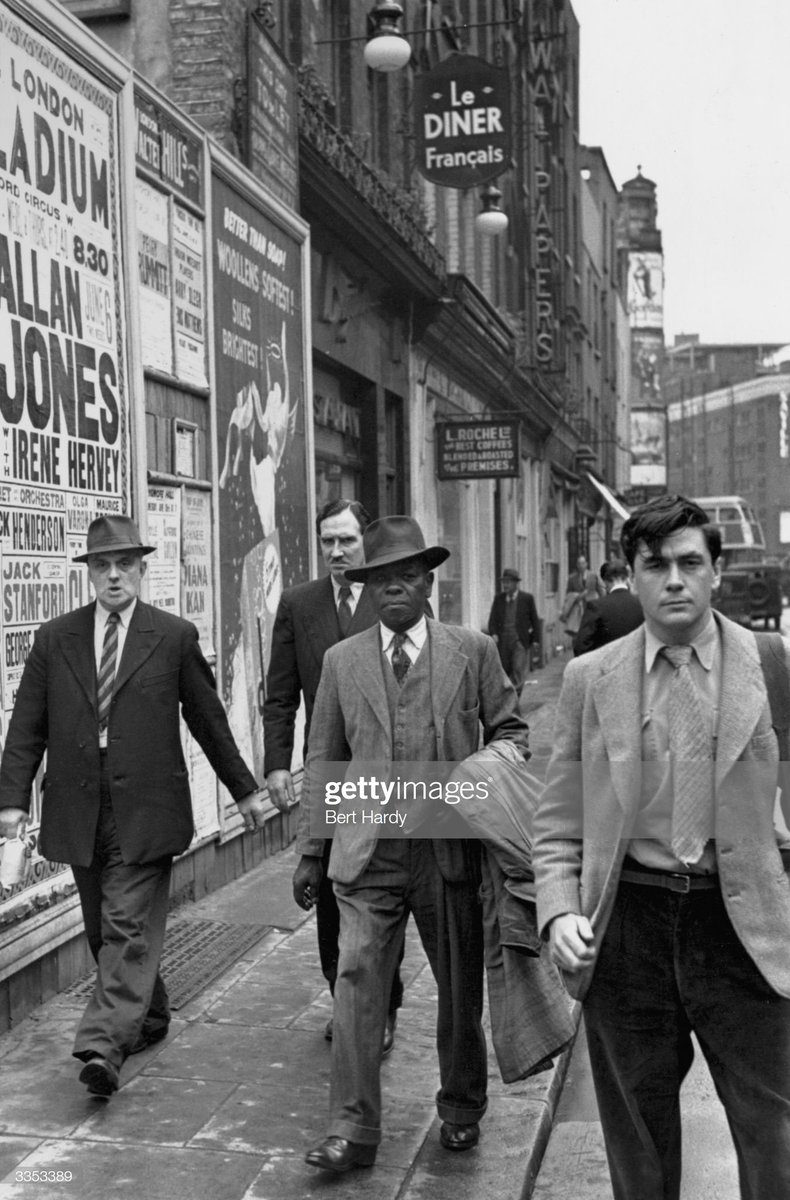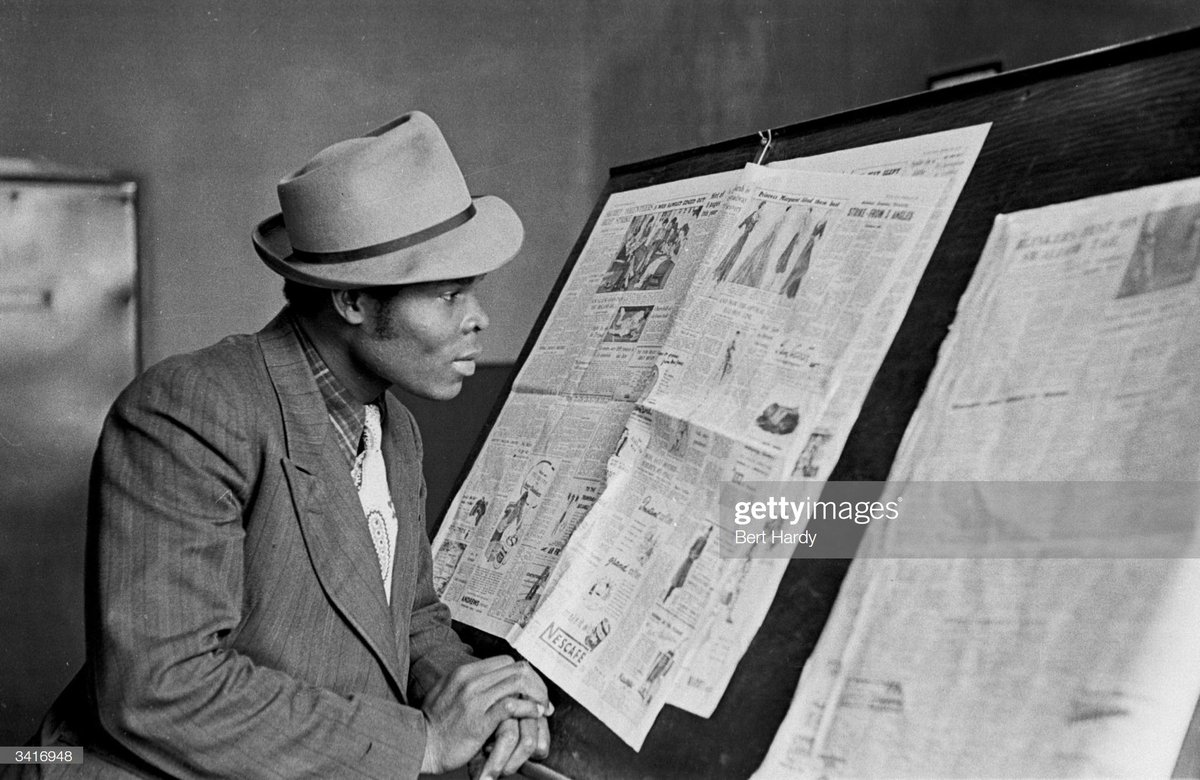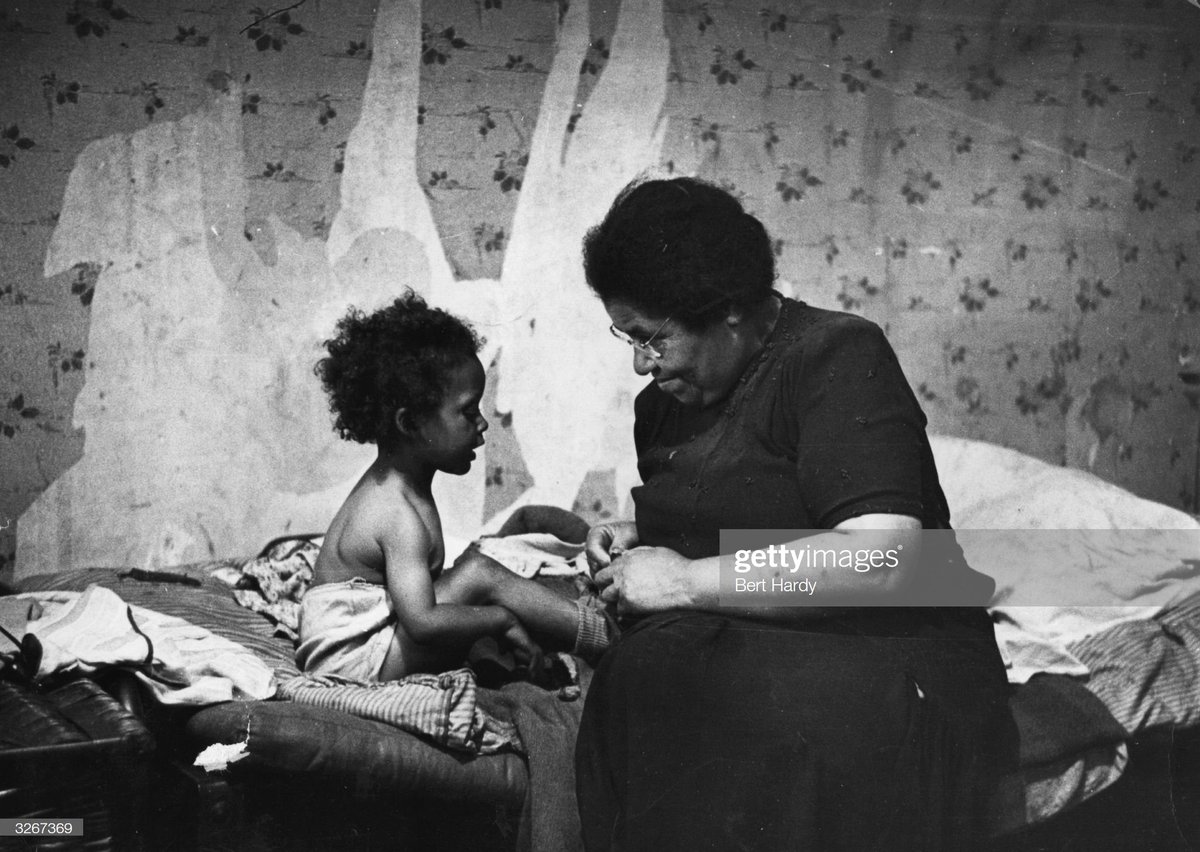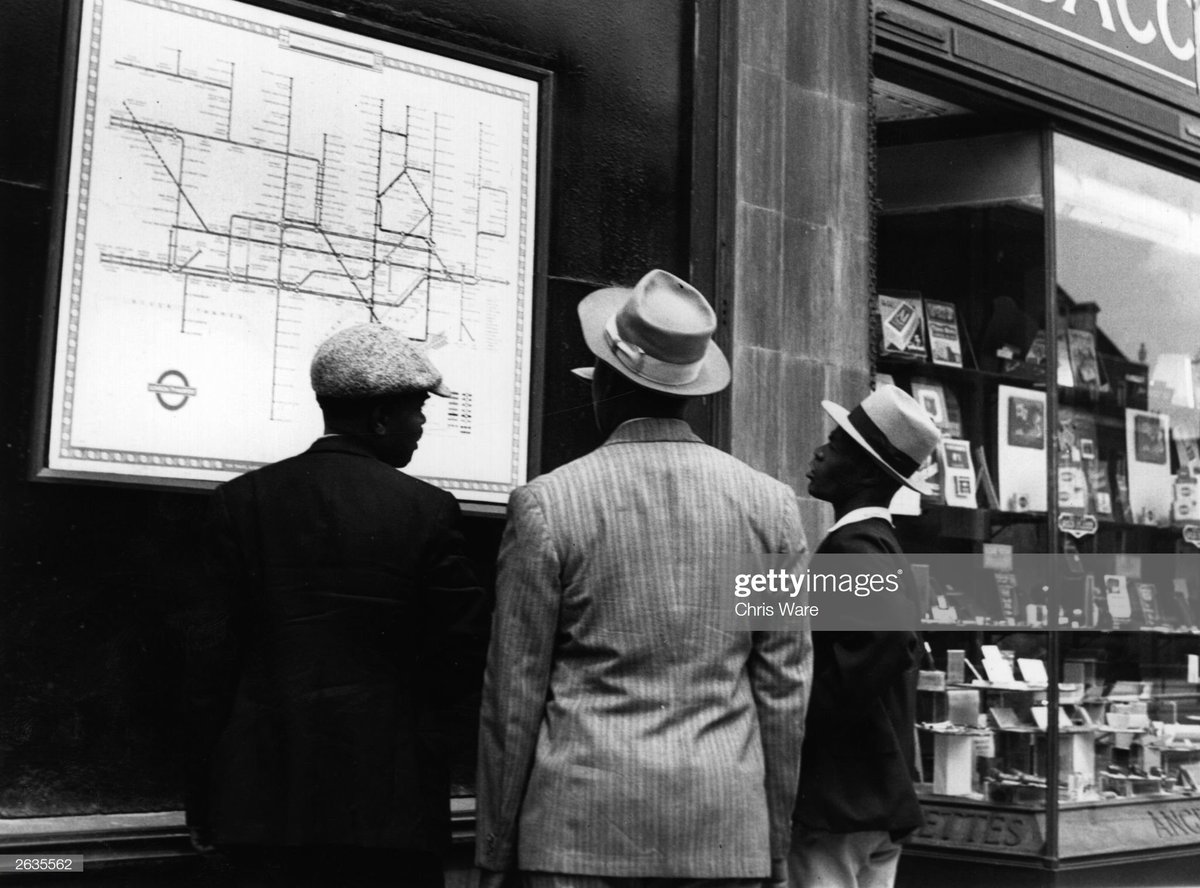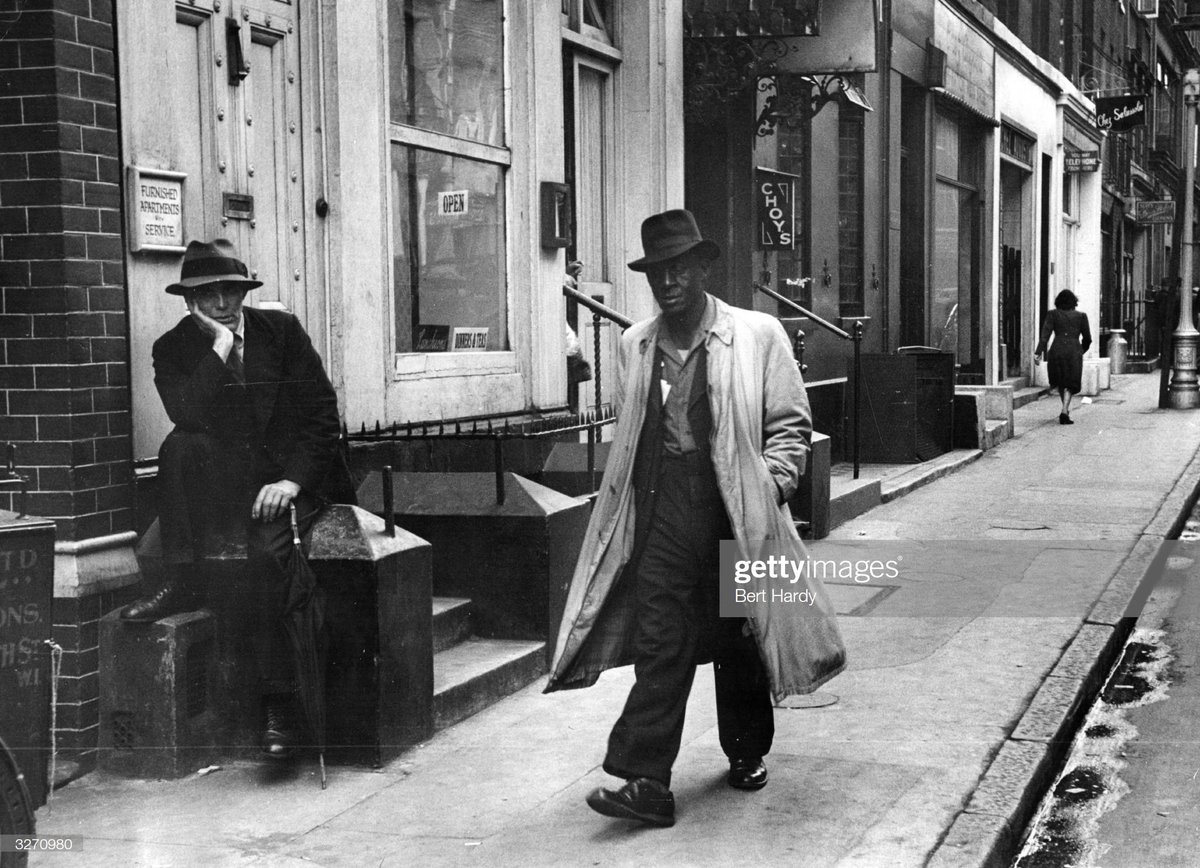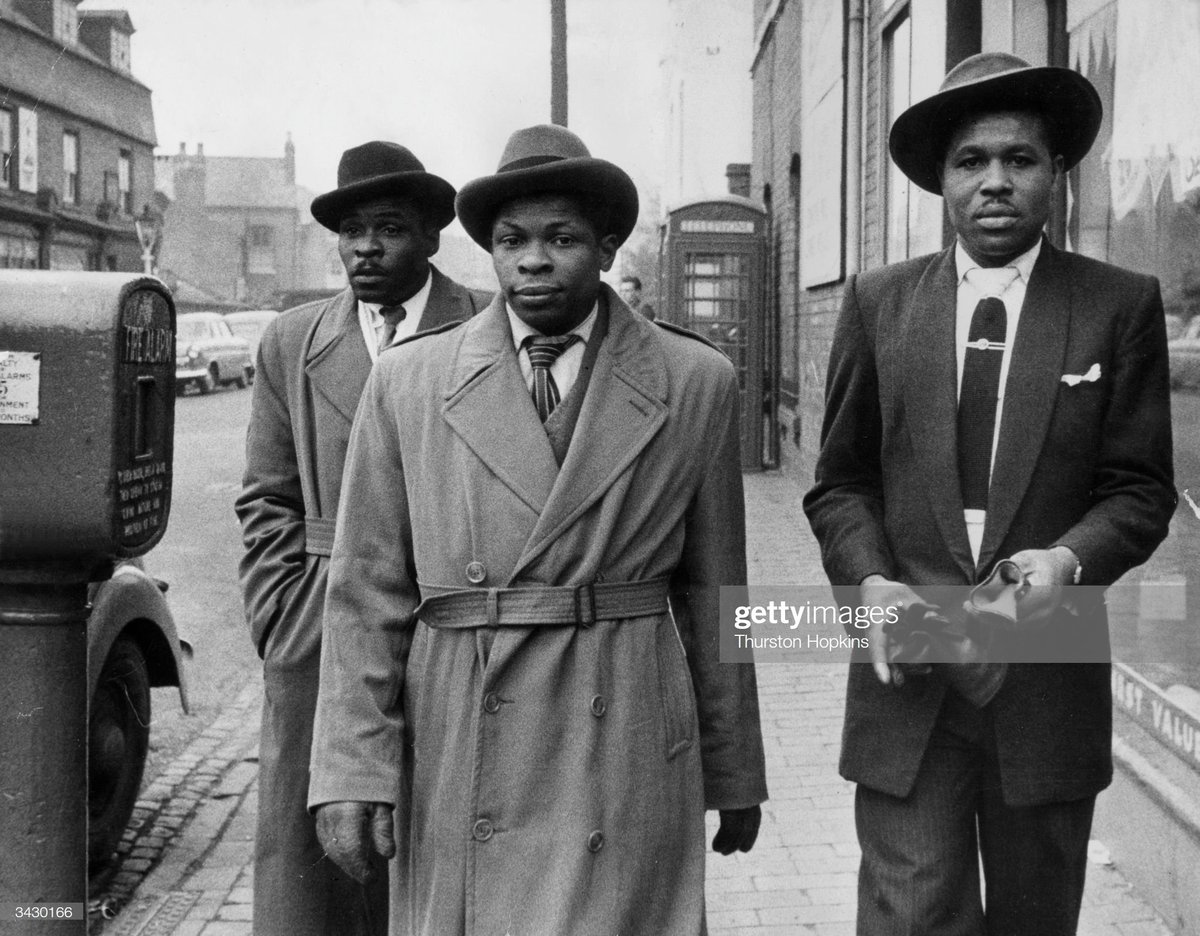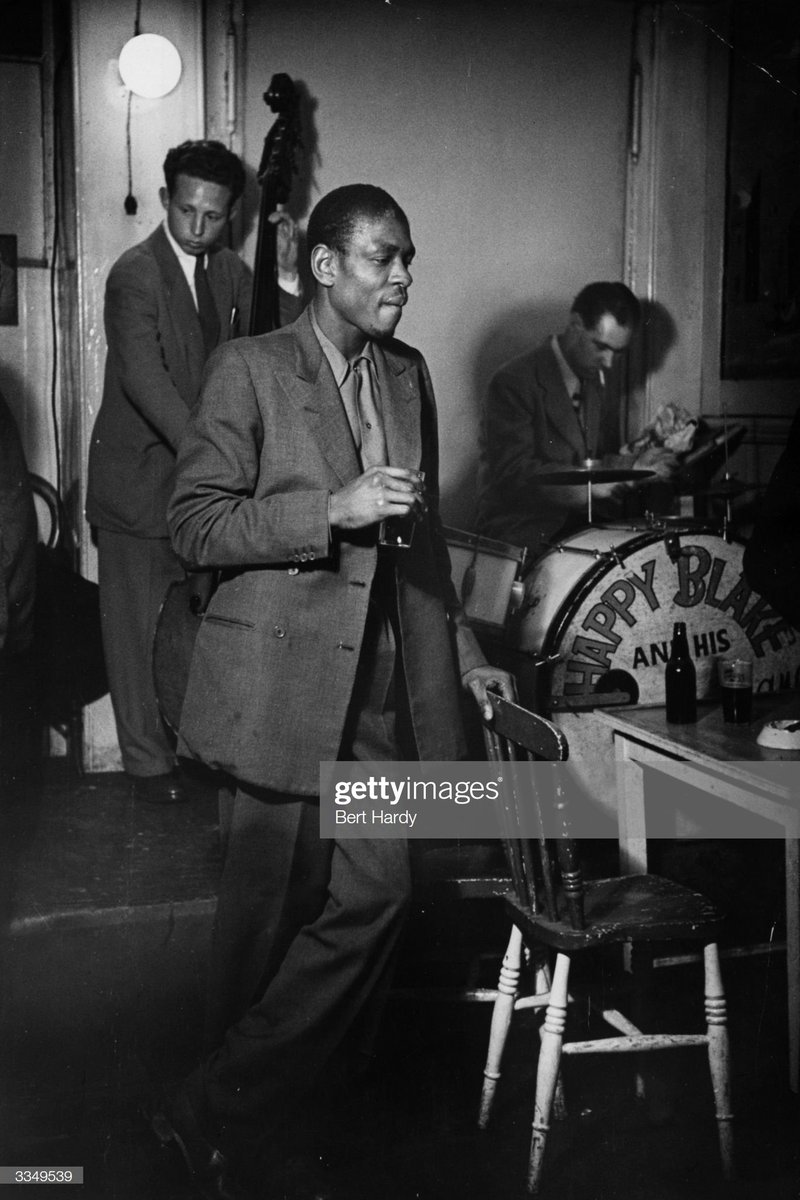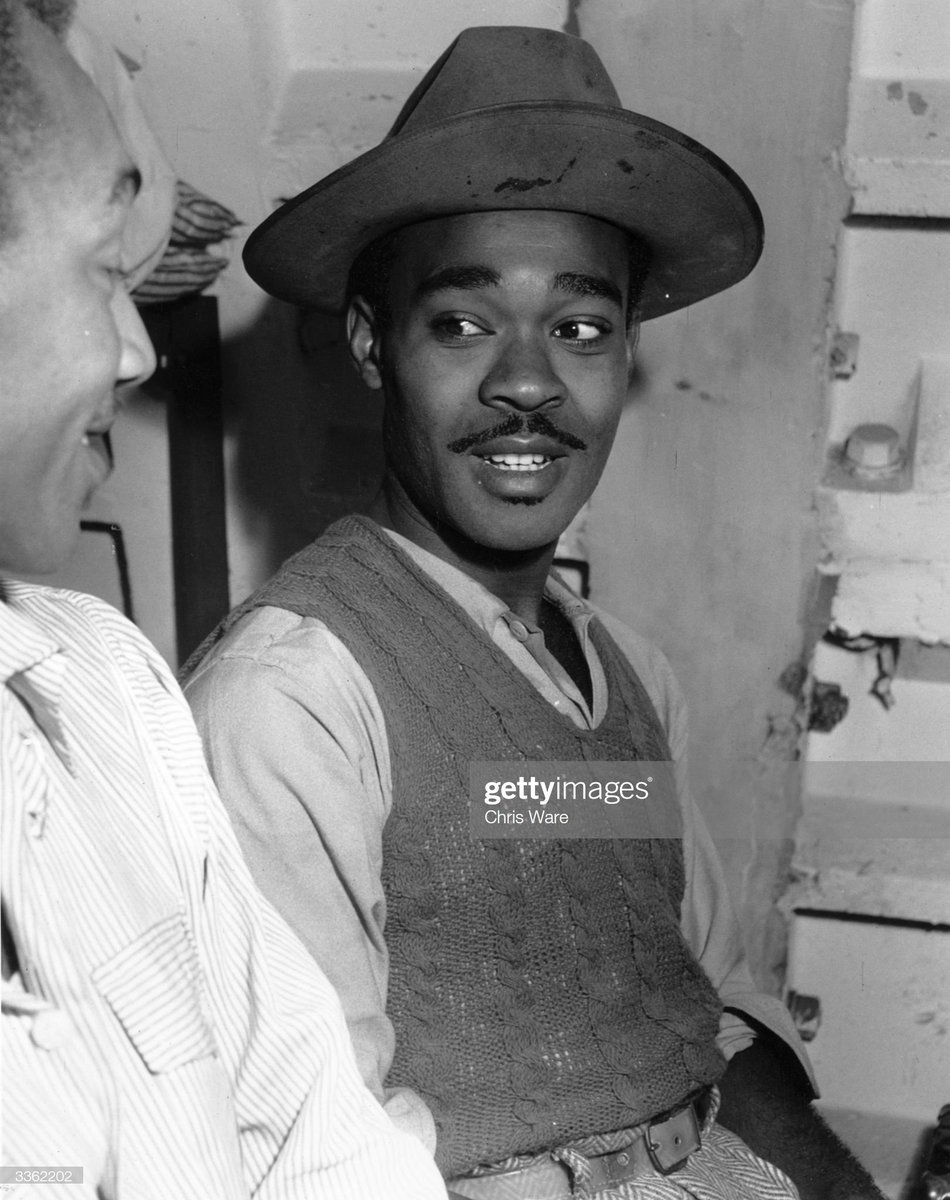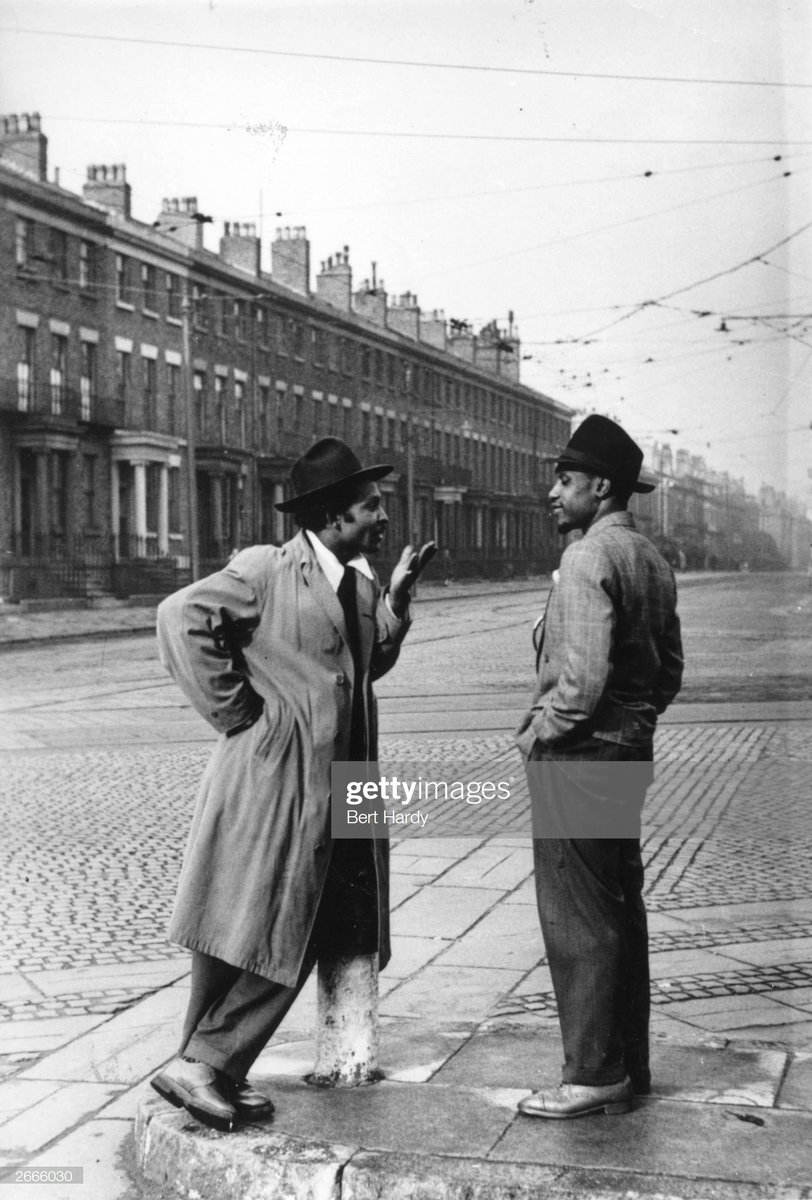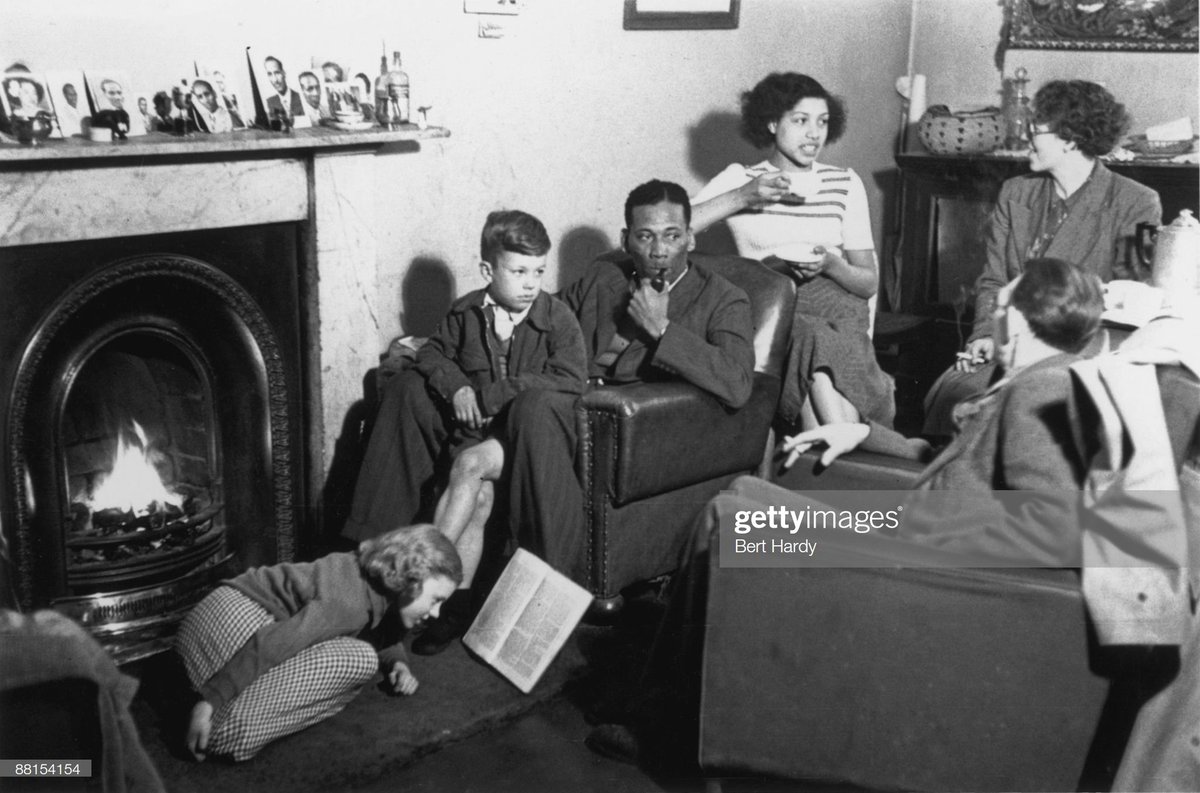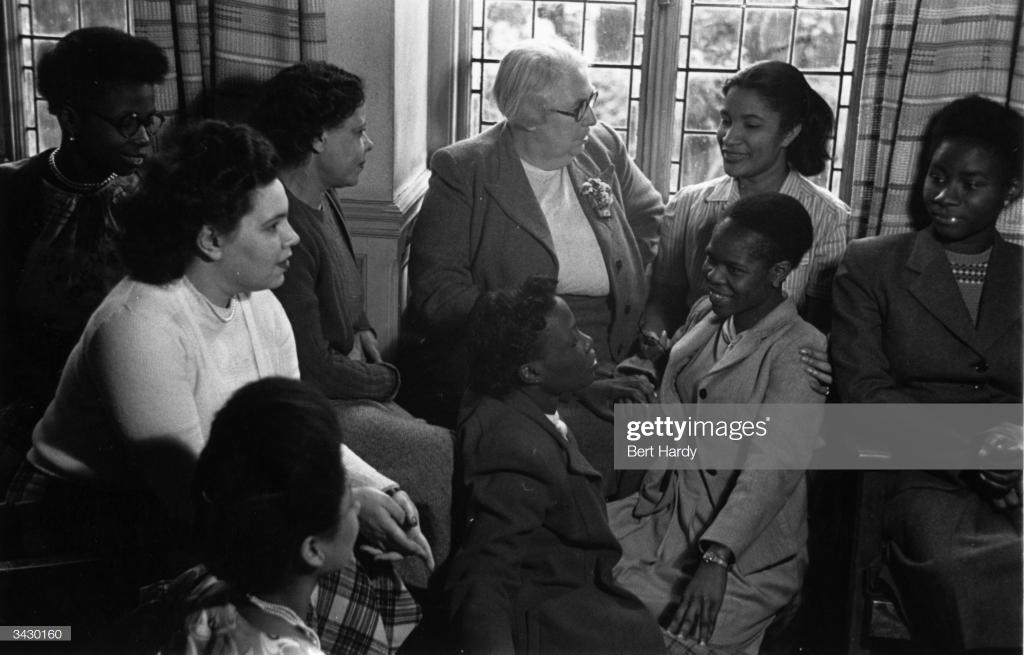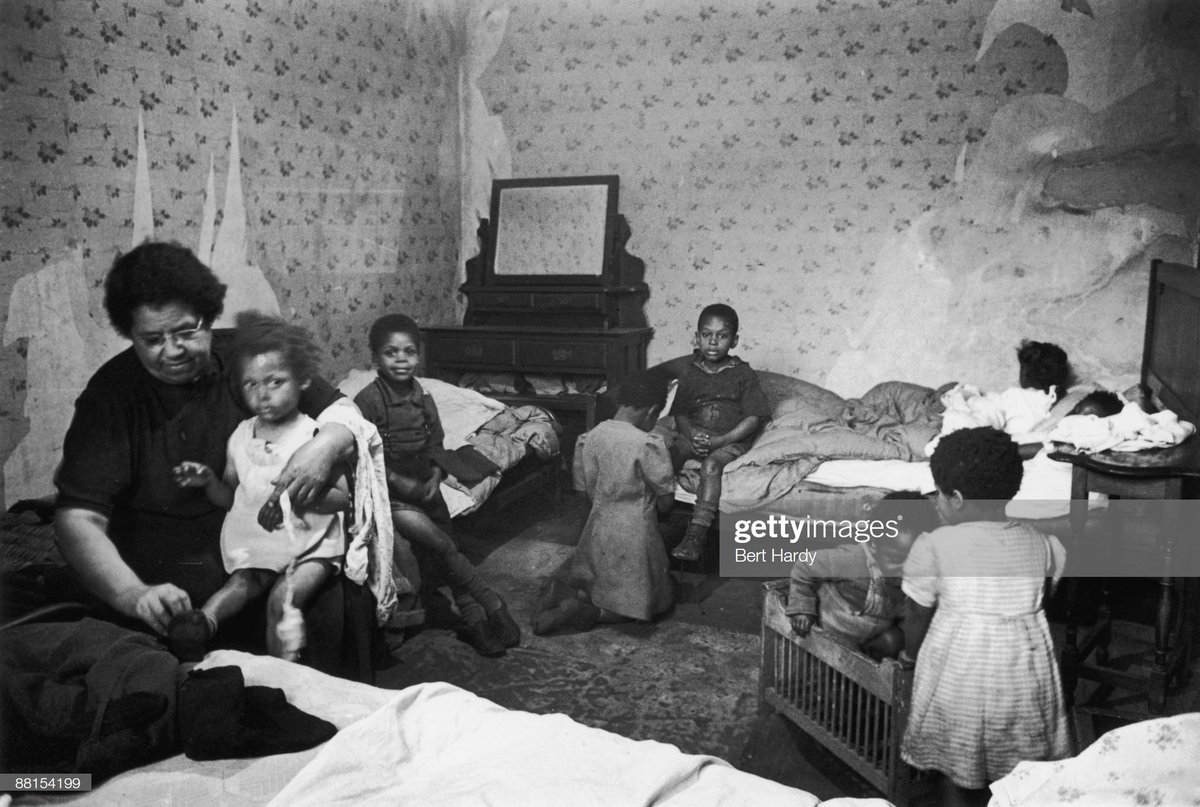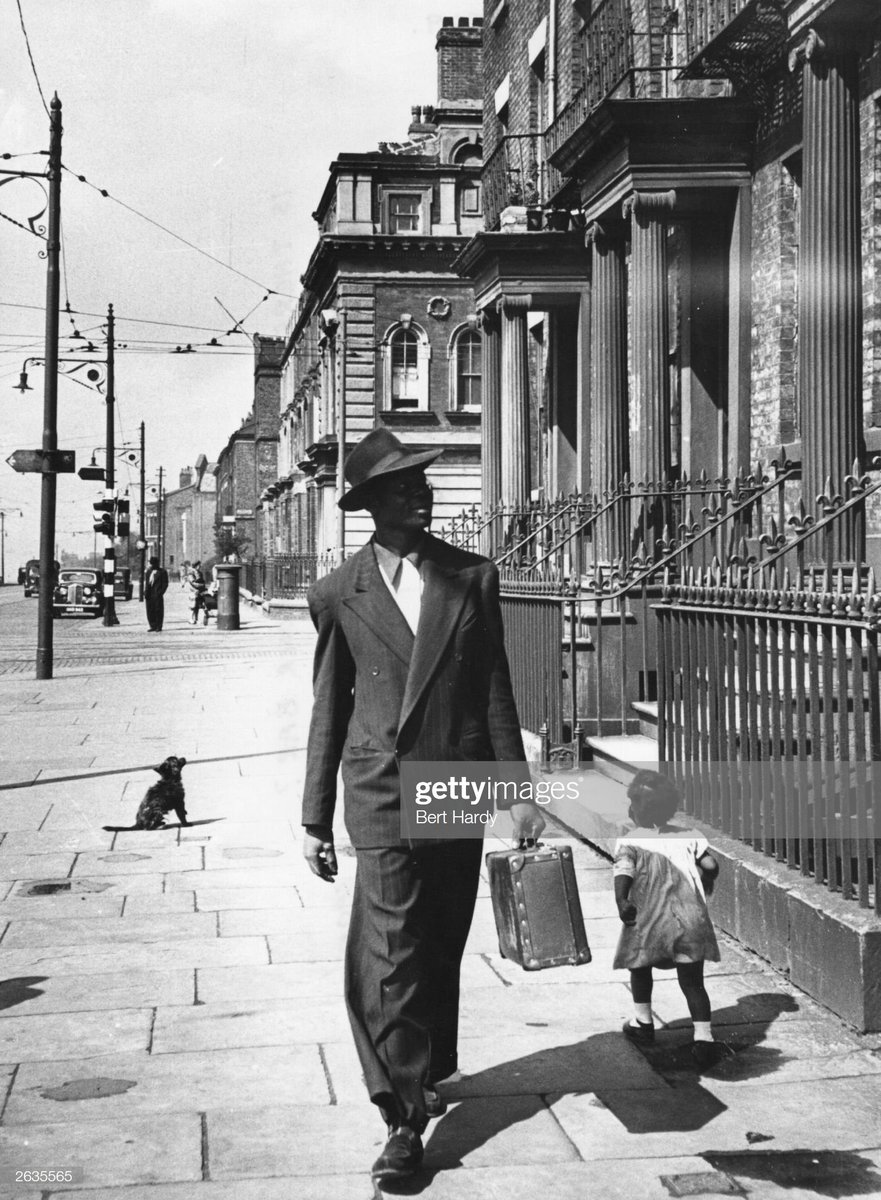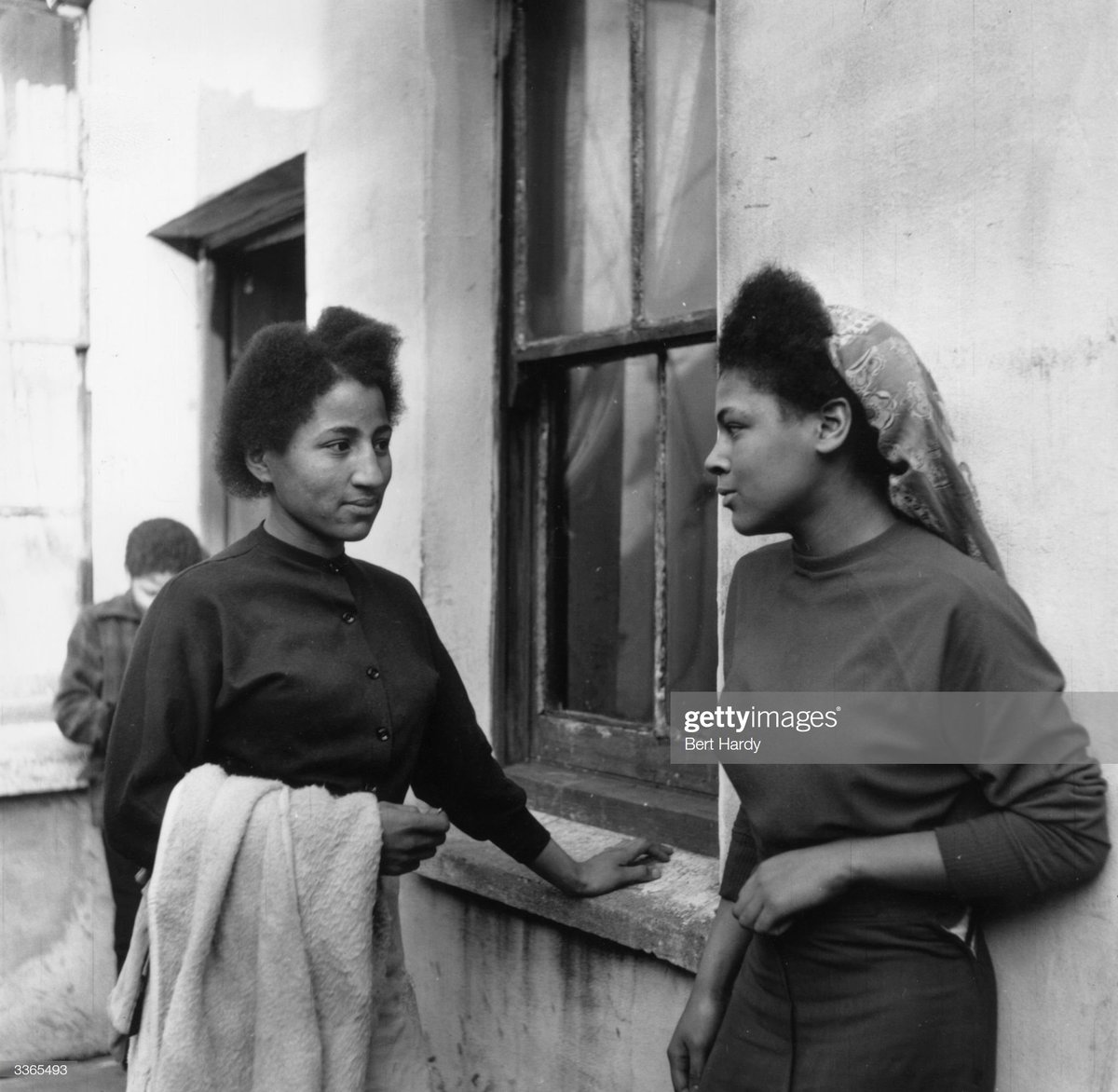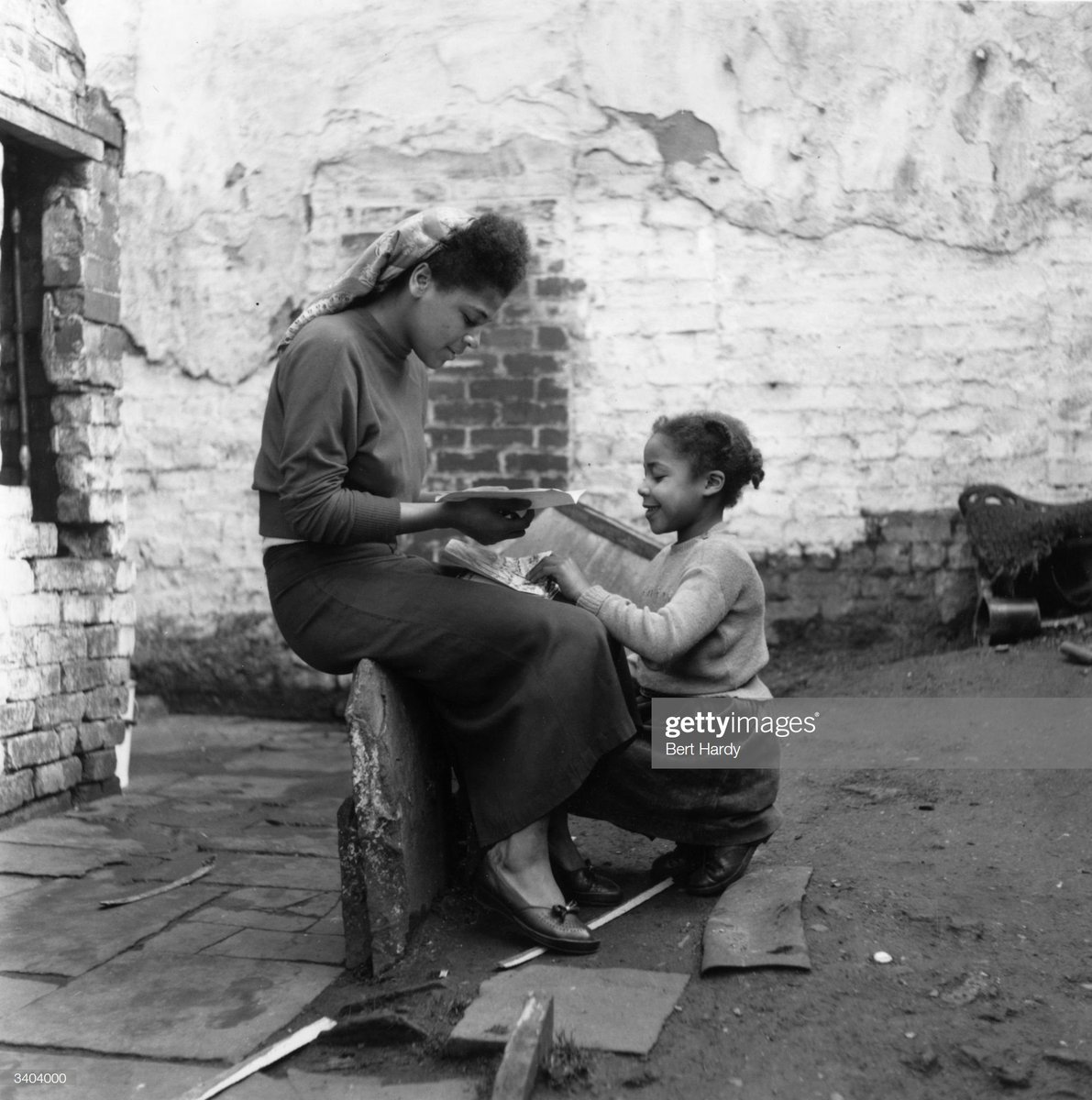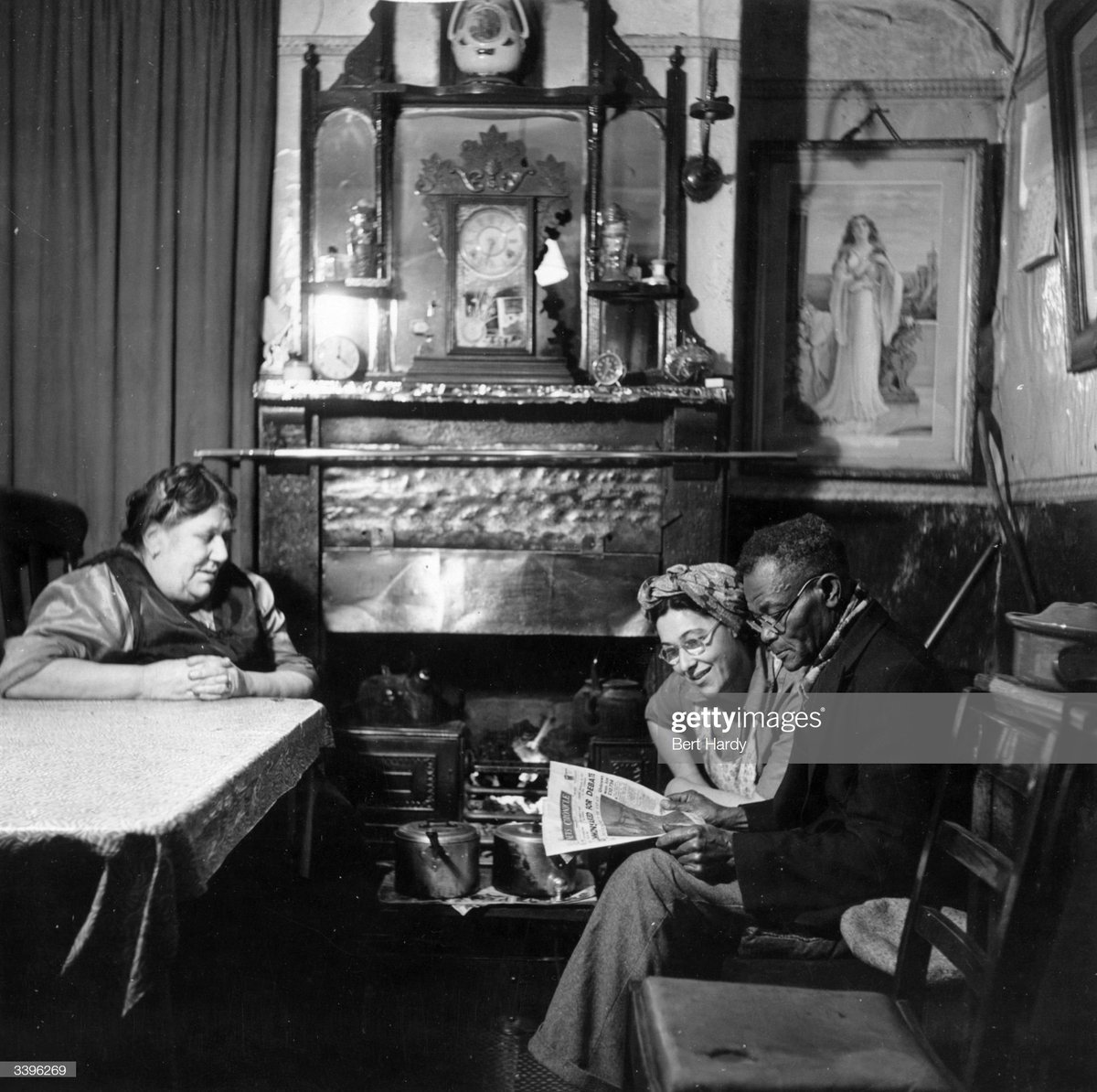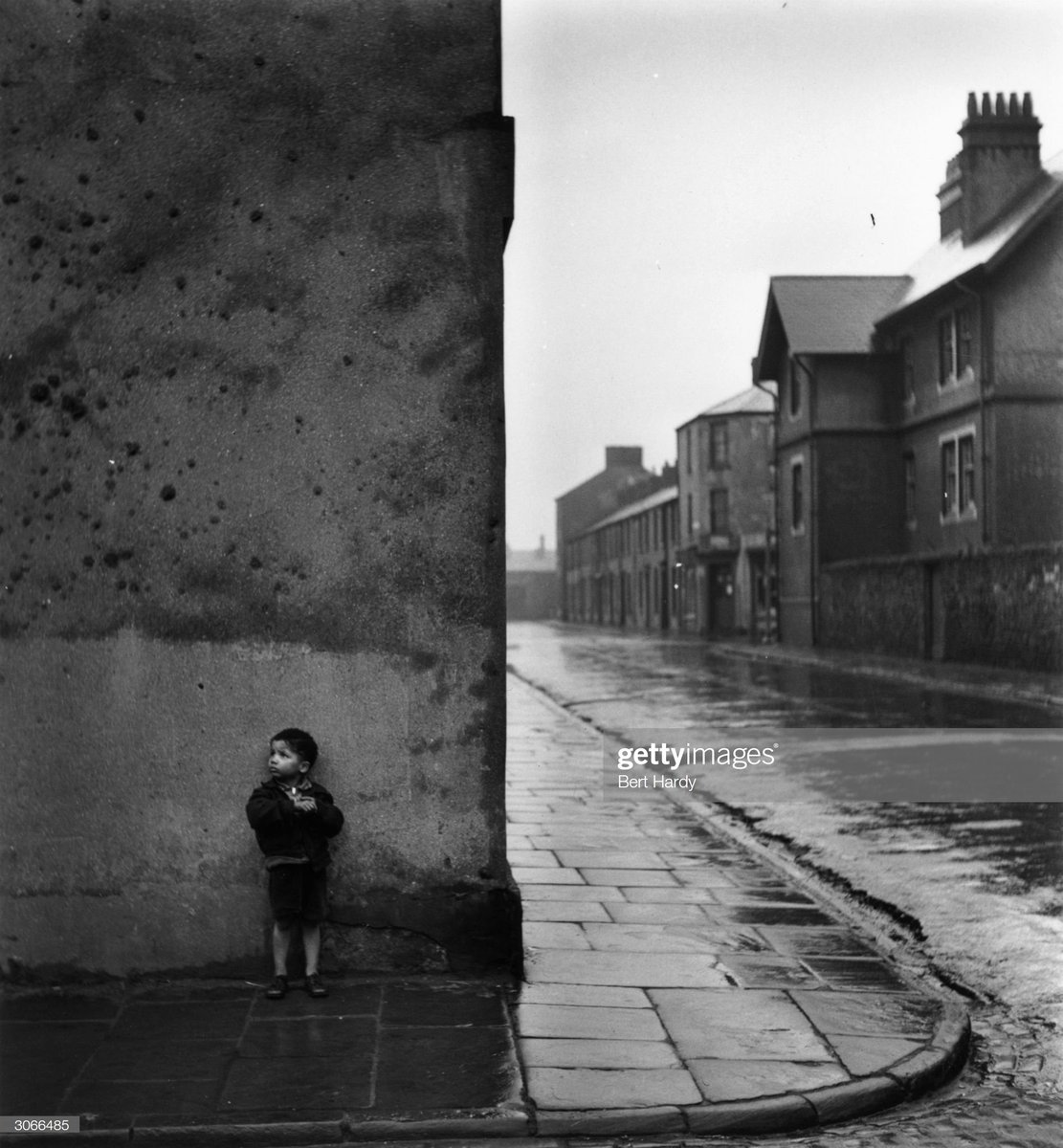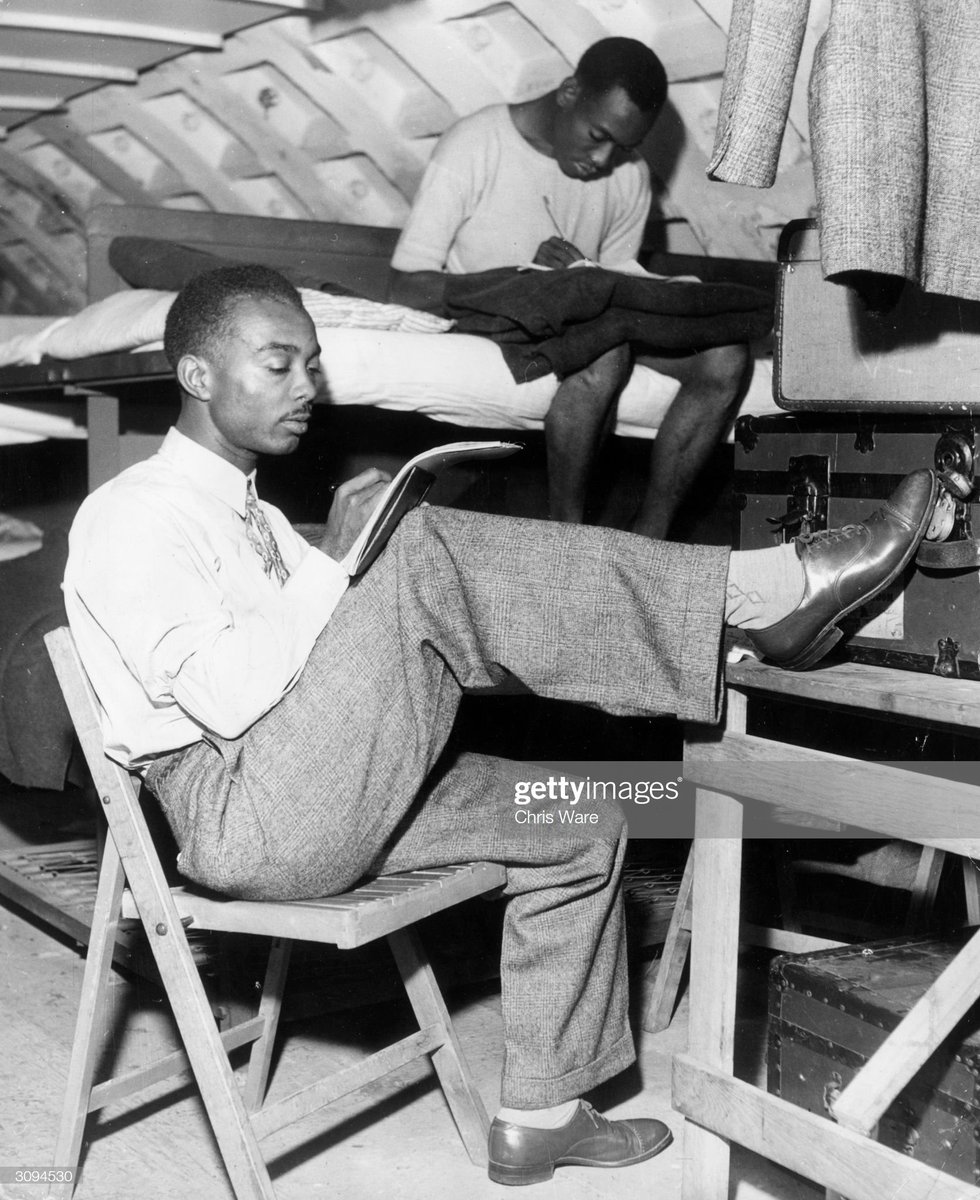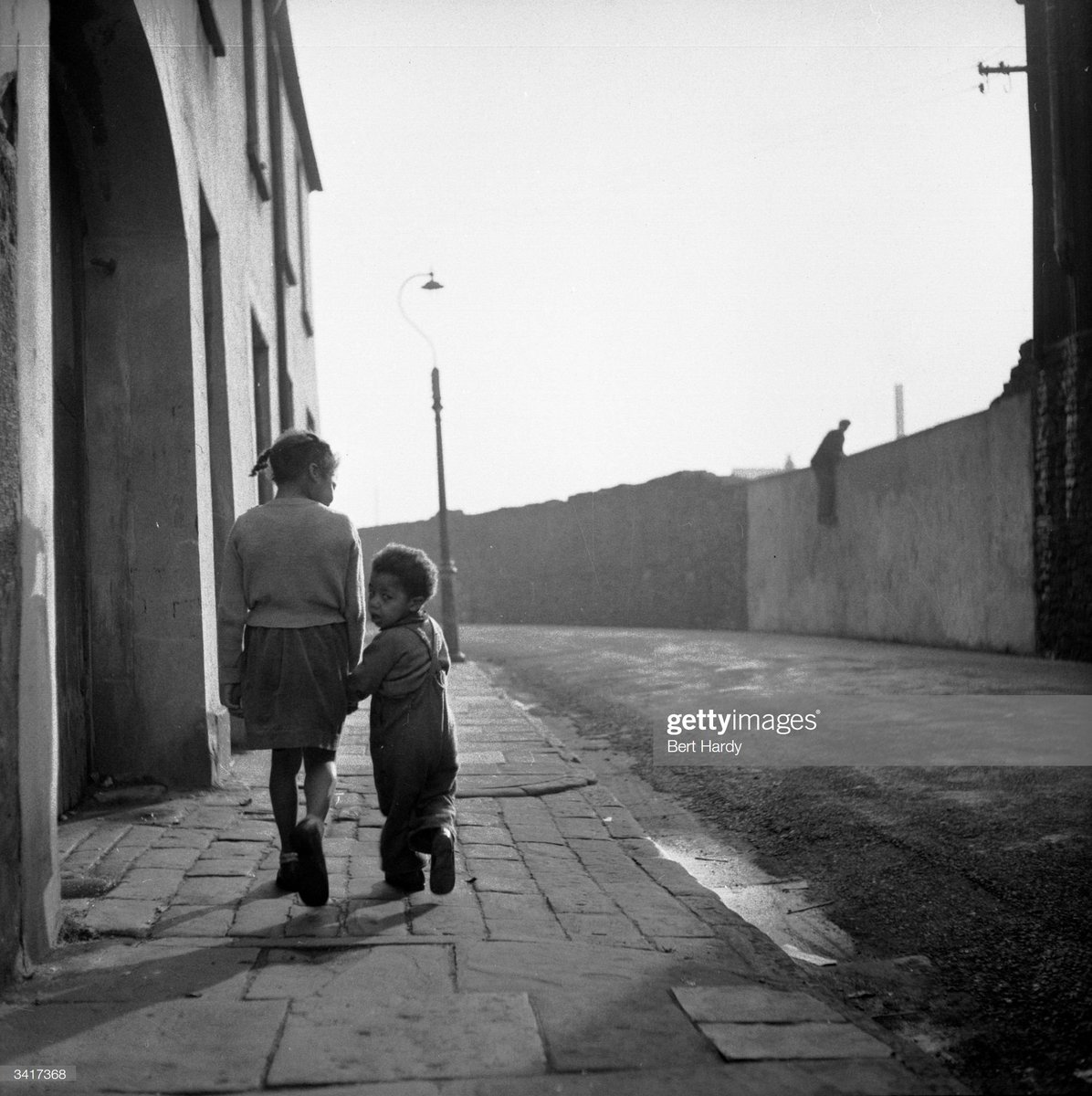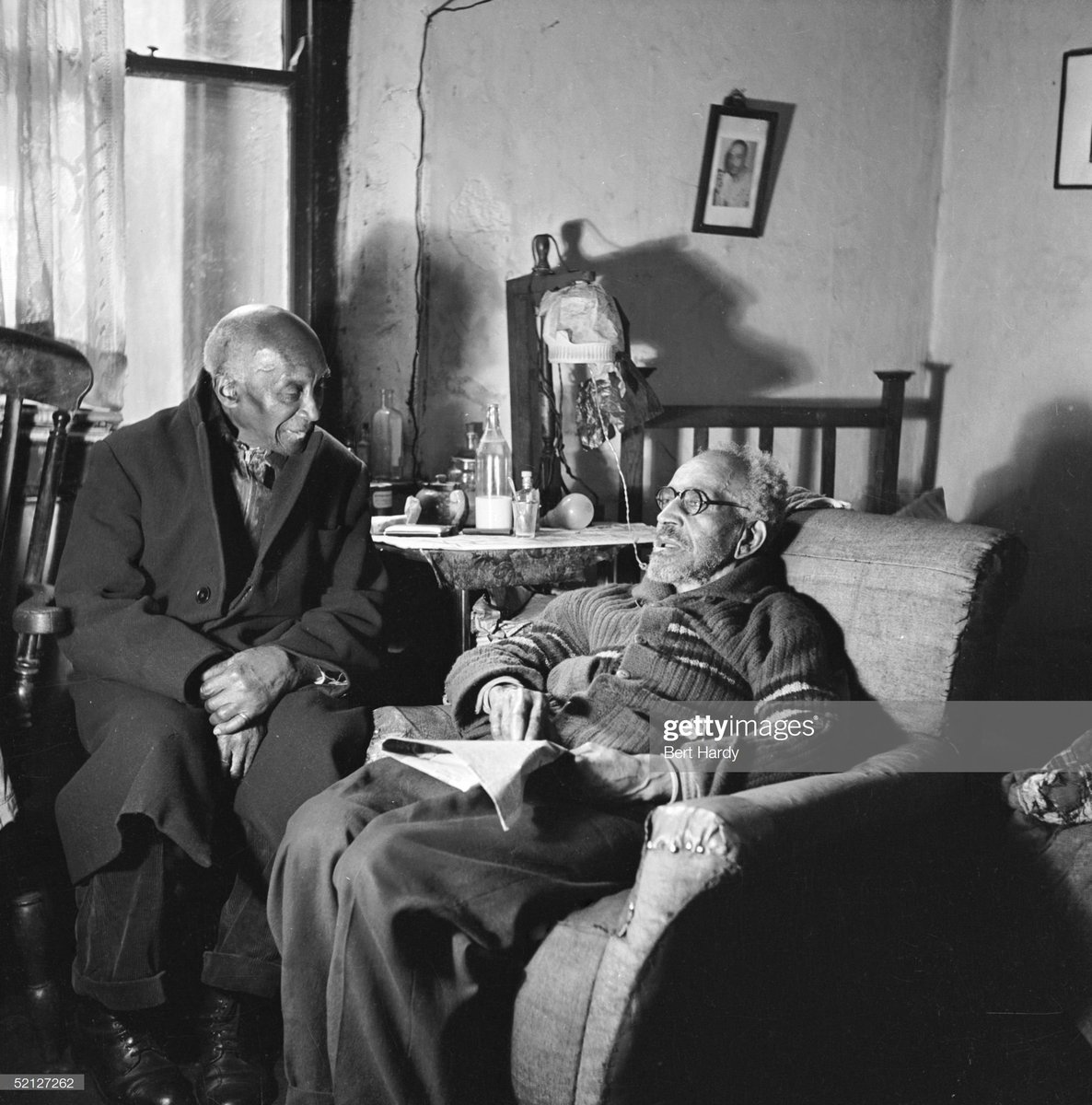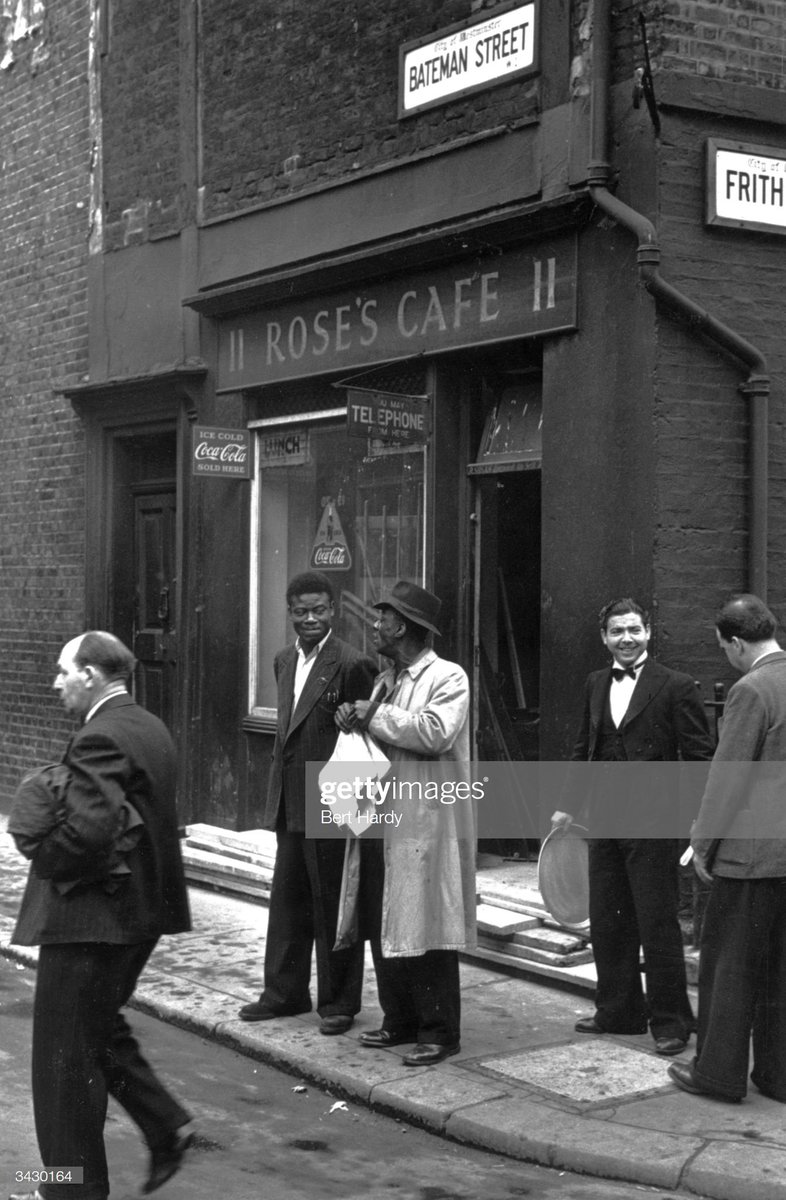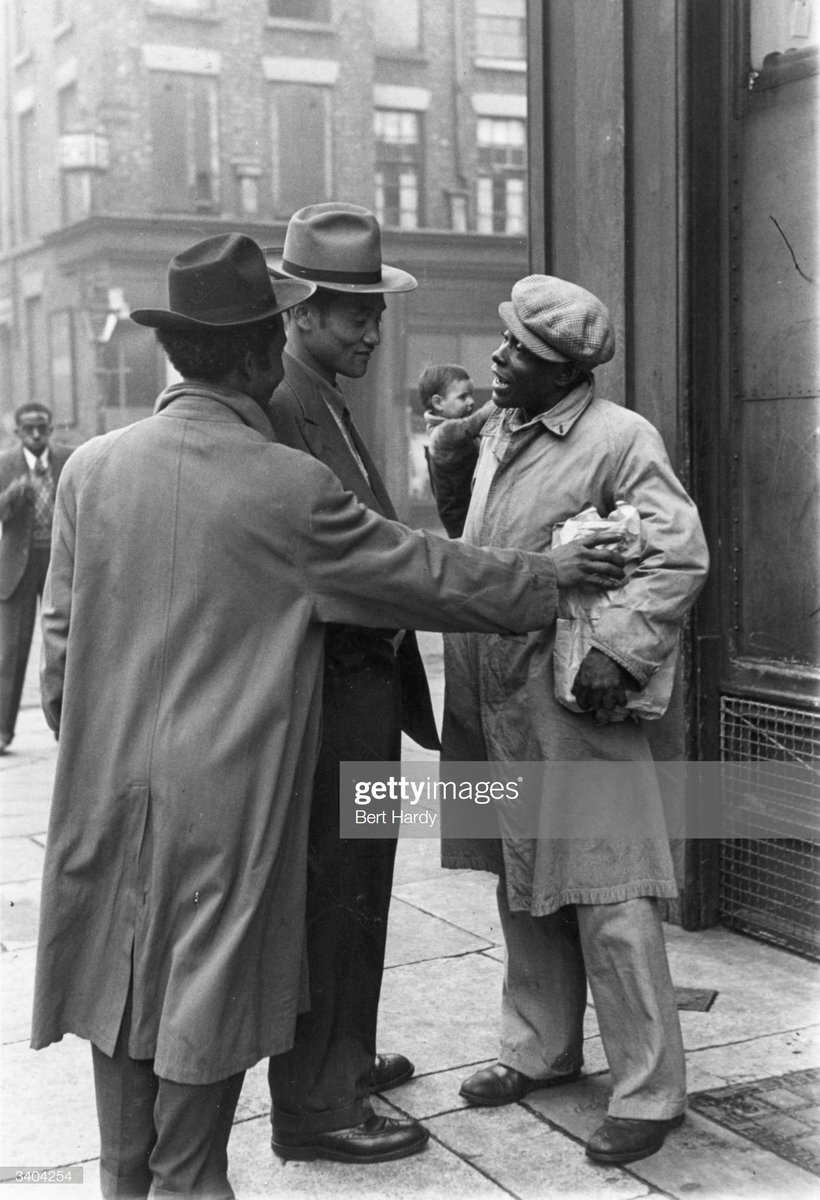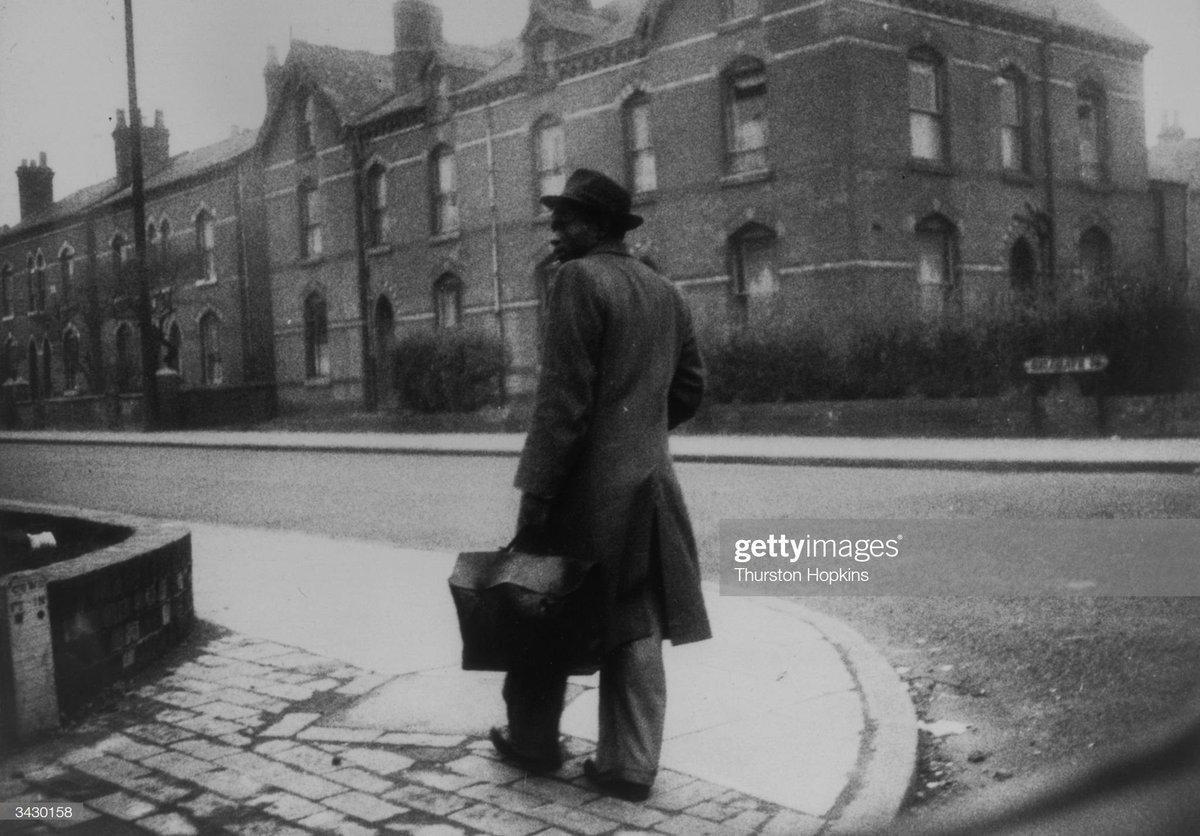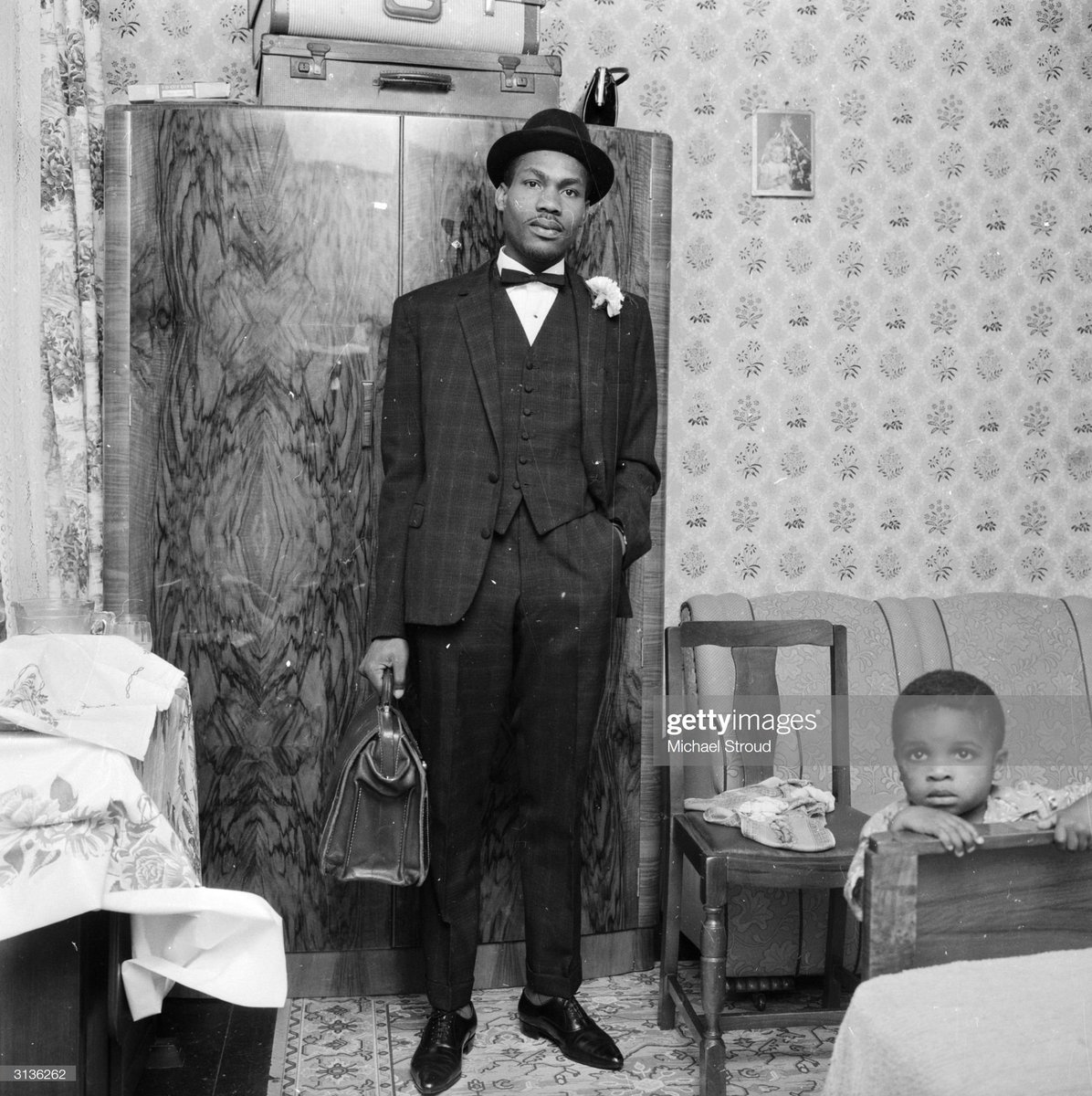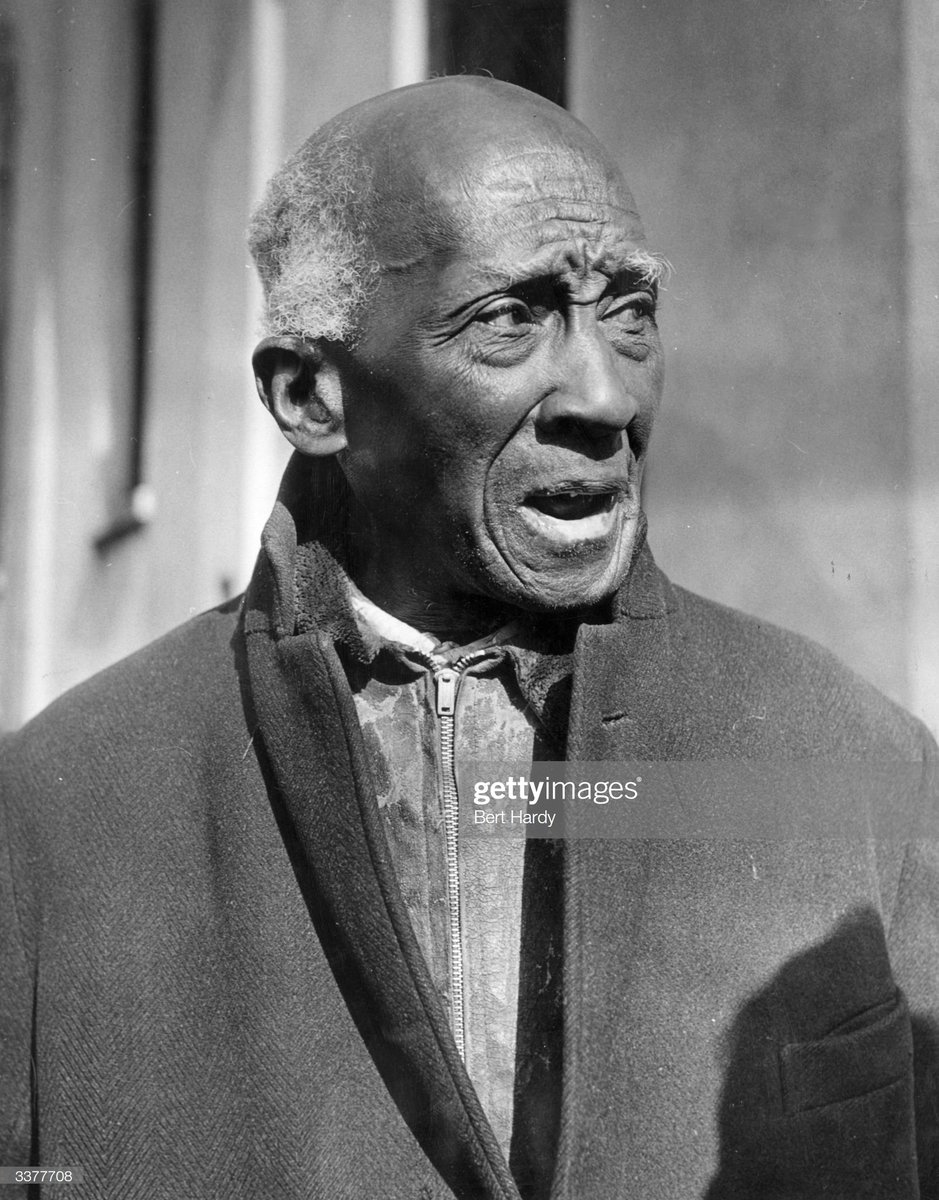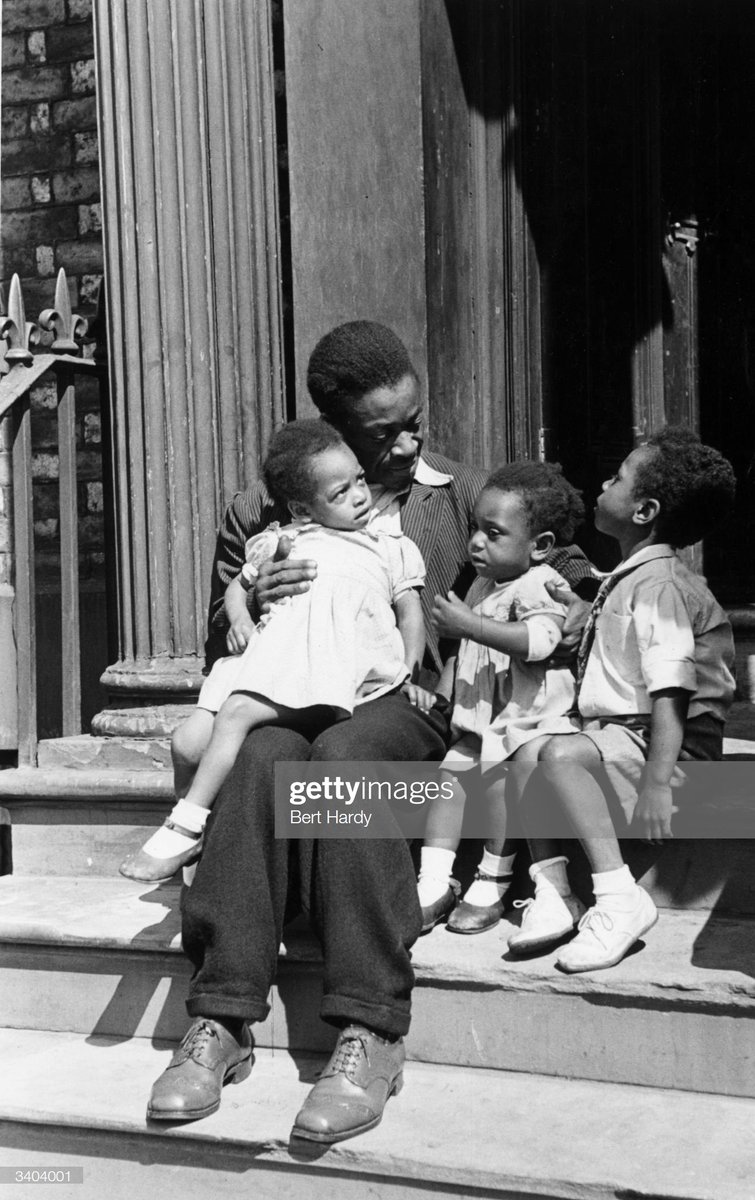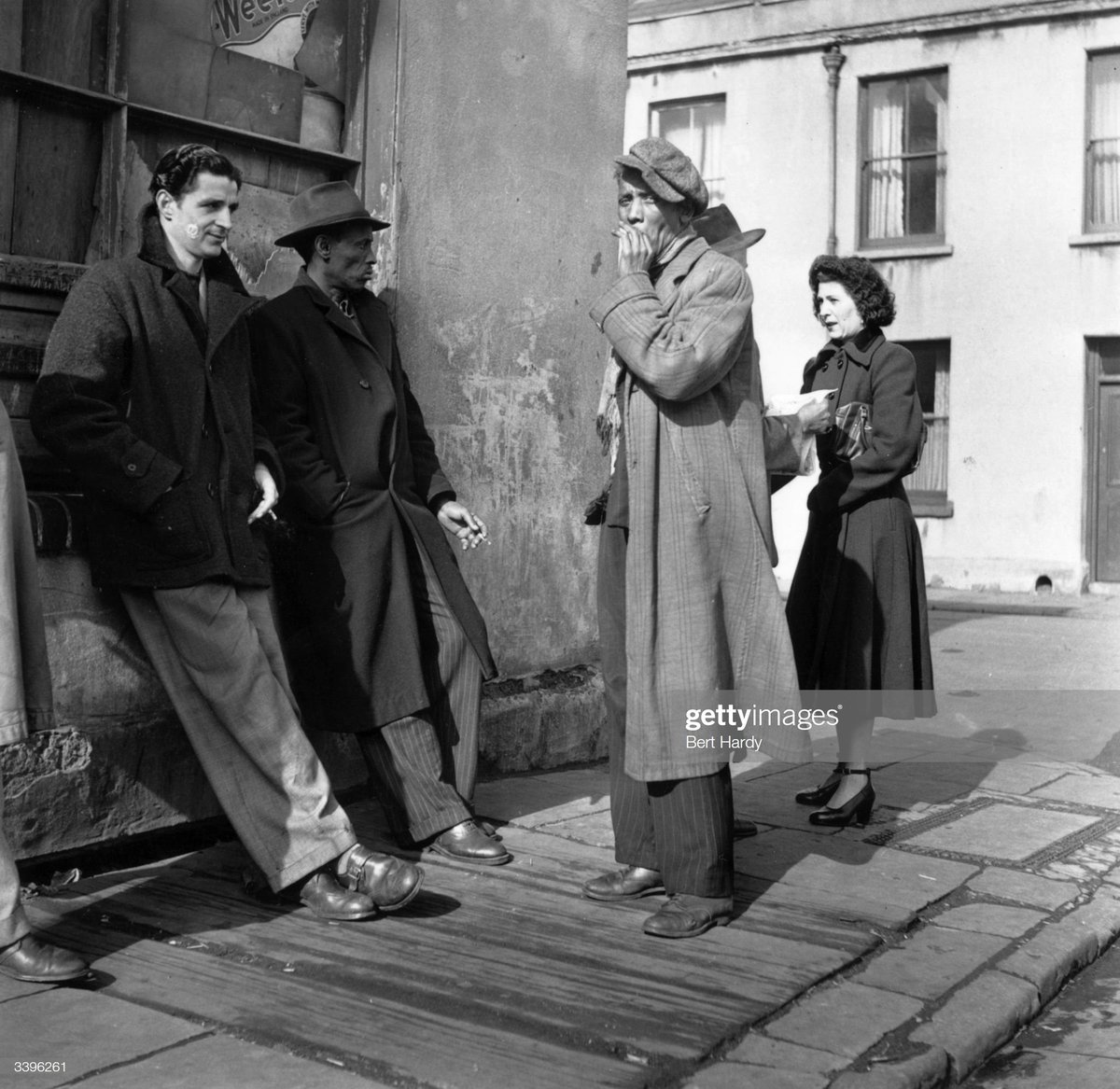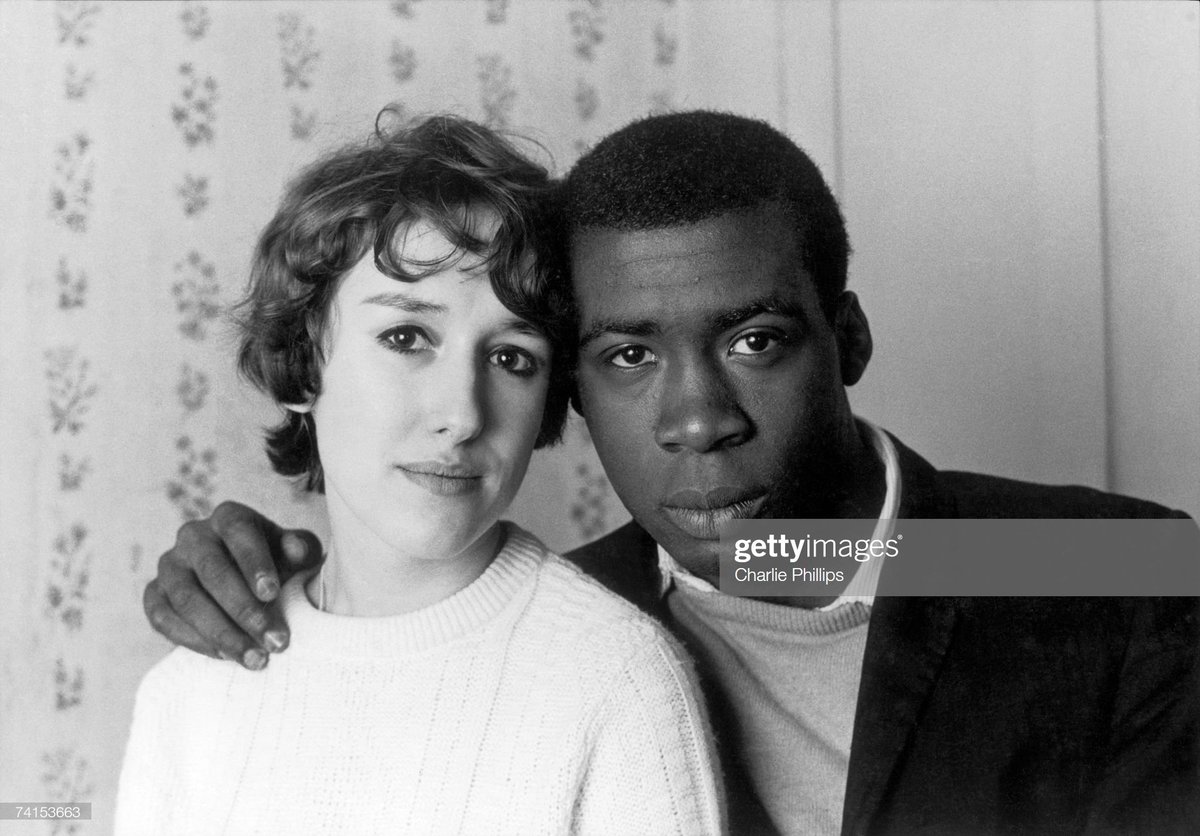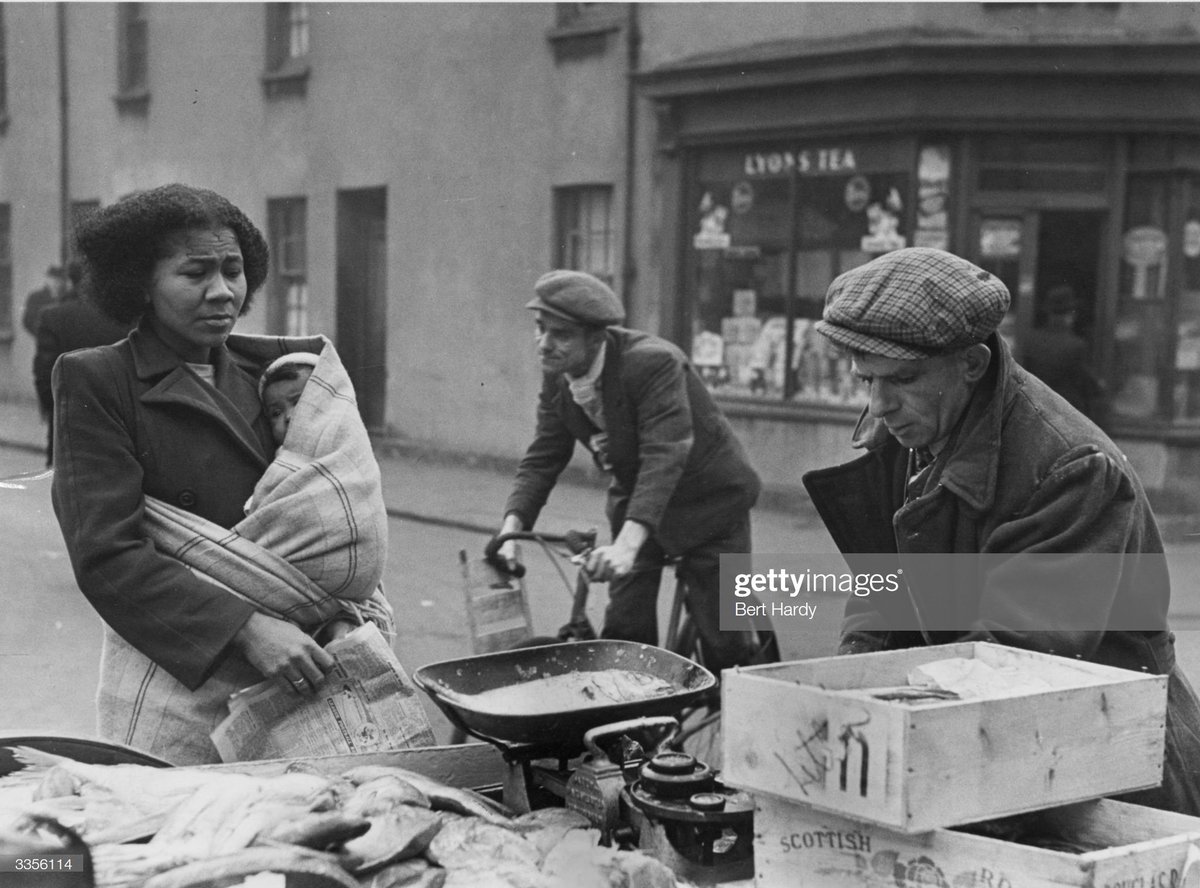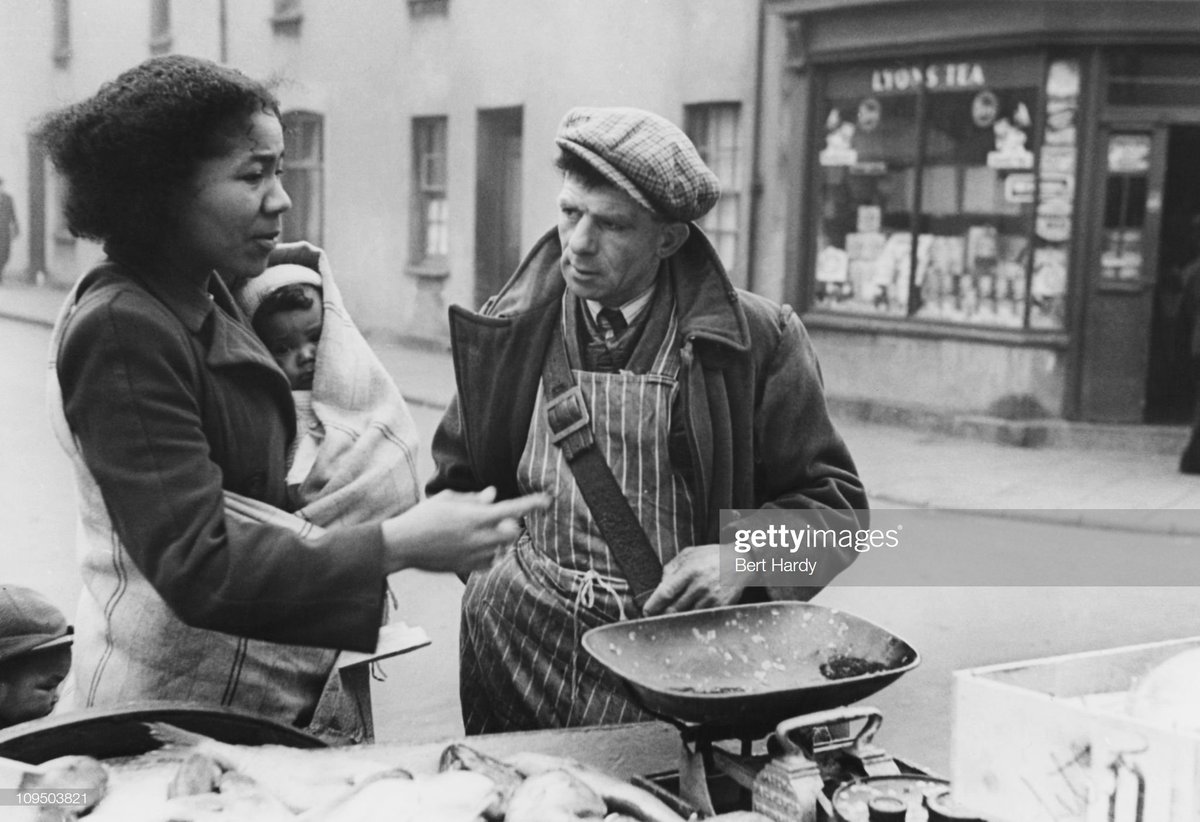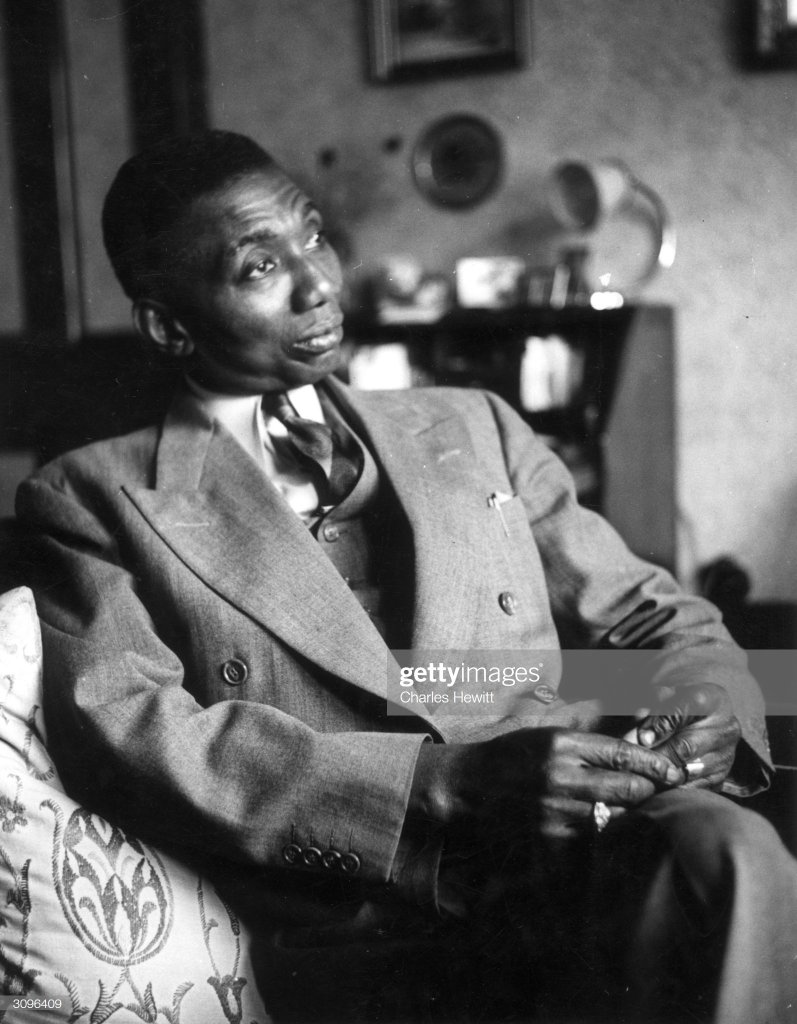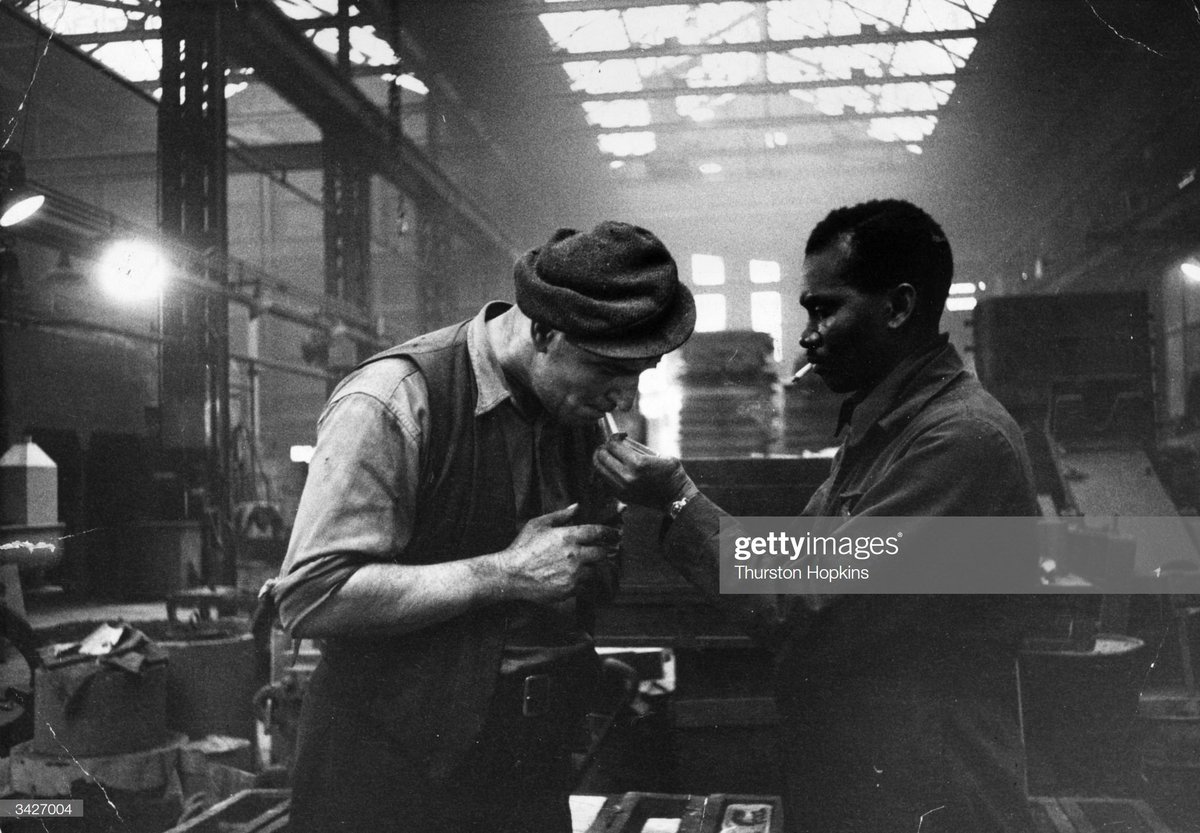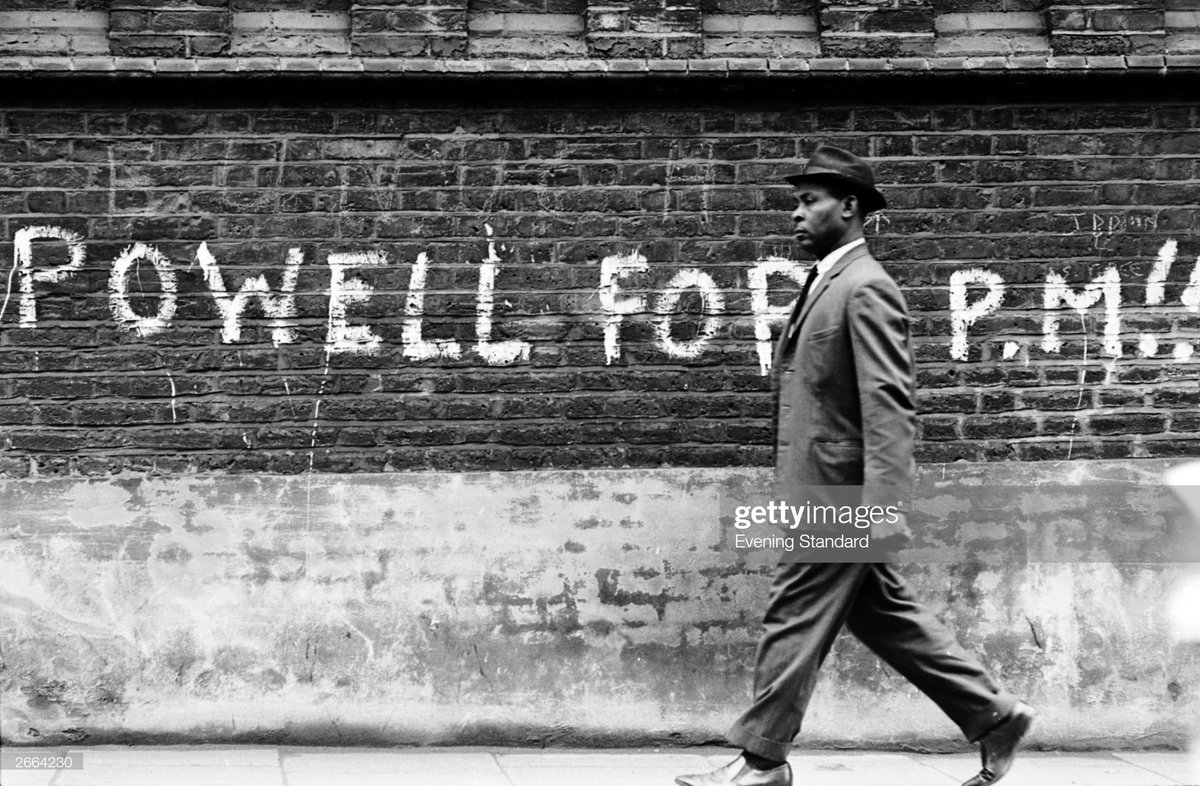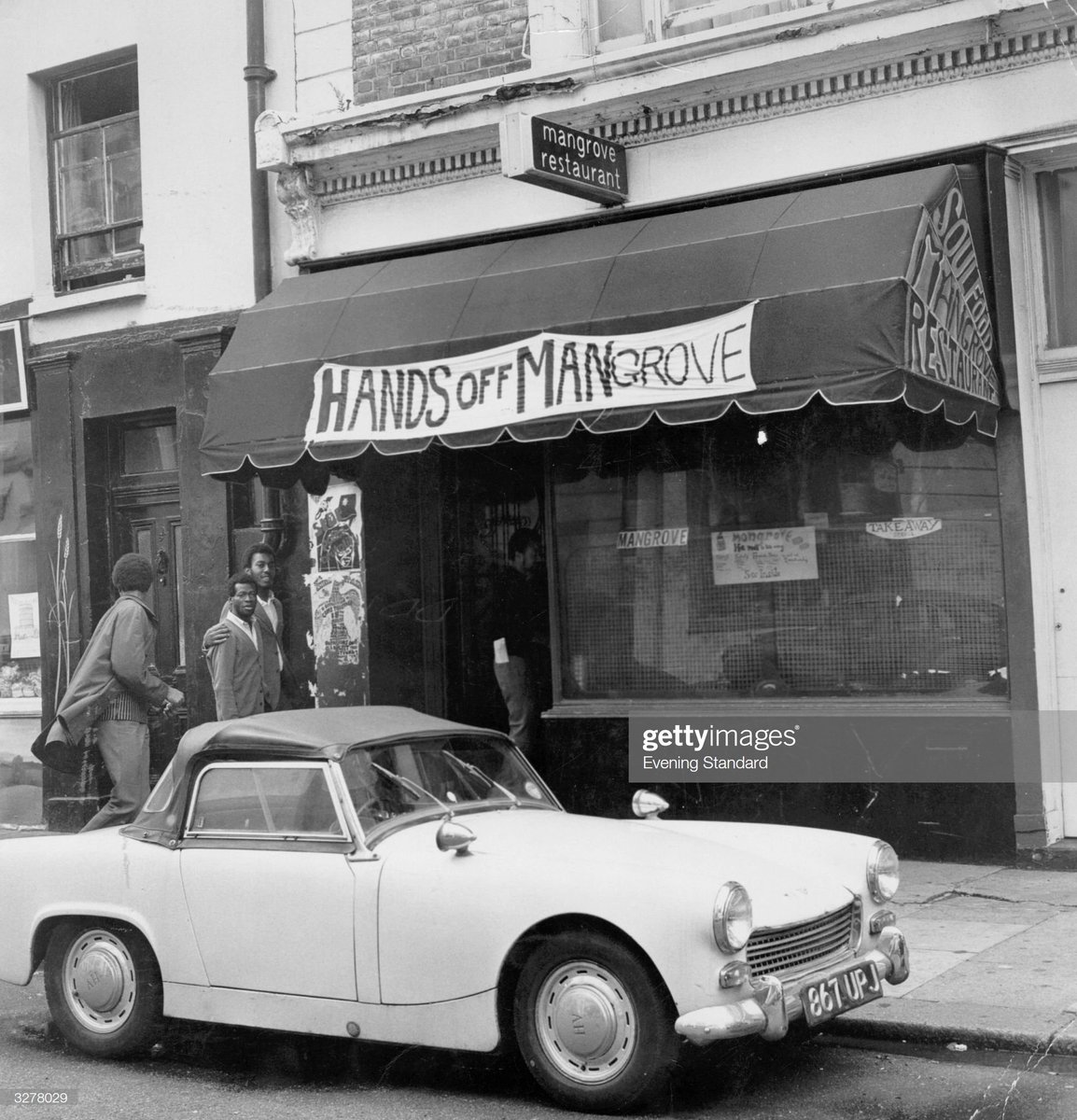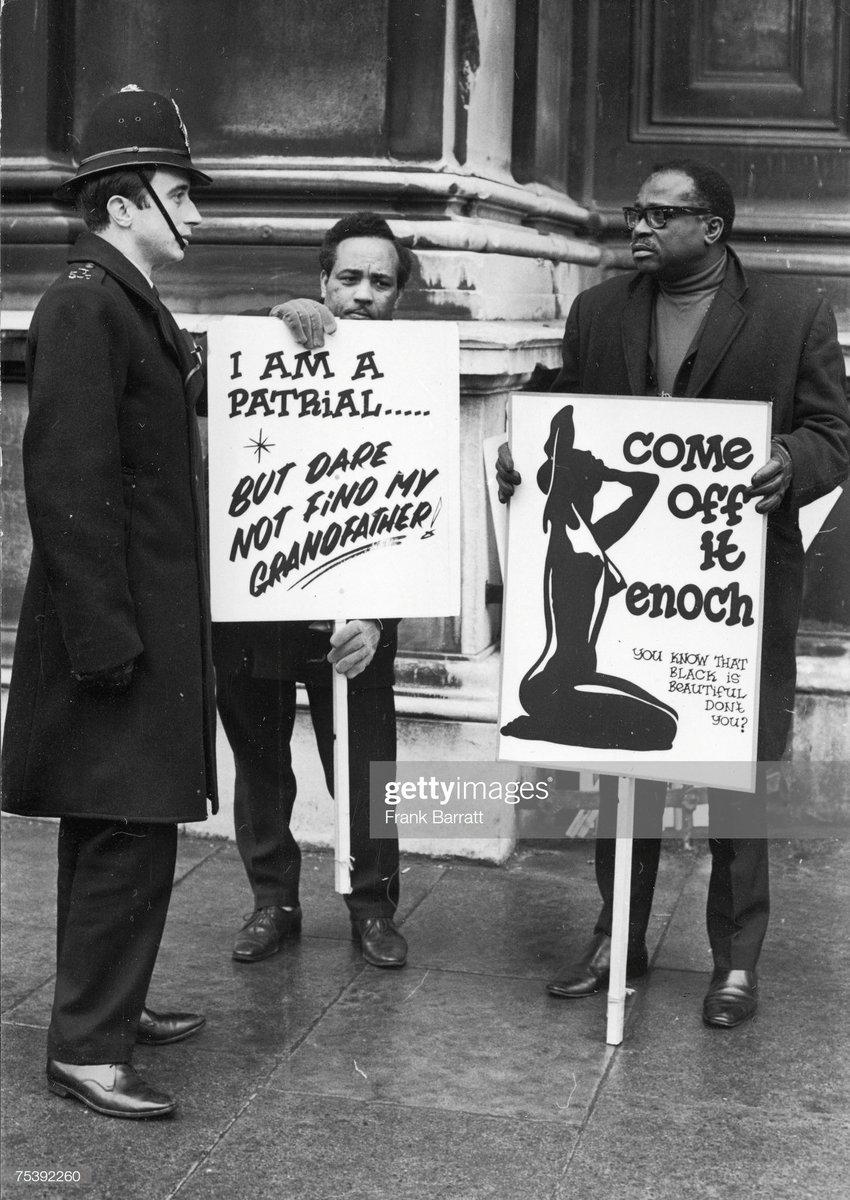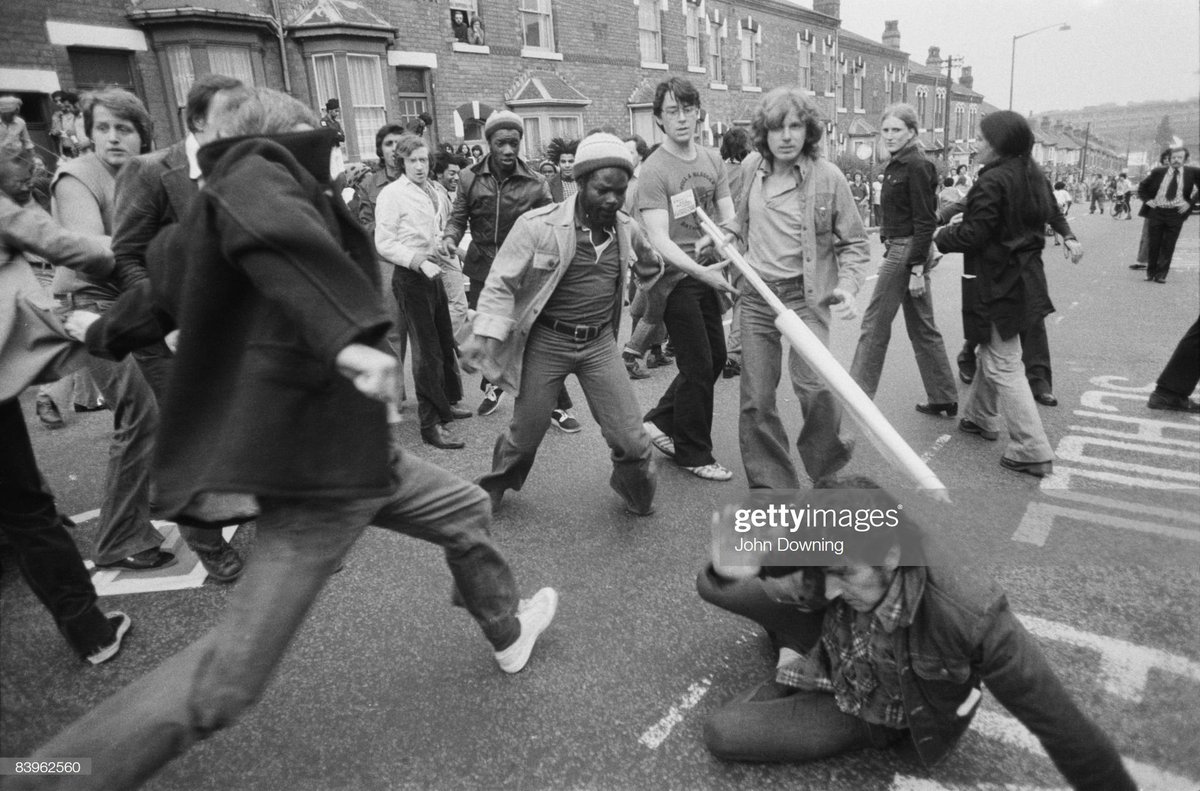The Caribbean Immigrants who transformed Britain.
.
Invited here by the UK goverment to help rebuild the economy after WW2, the Windrush generation brought much more to the UK than just labour.
.
& #39;The Boat Train& #39;, Waterloo Station, 1962.
Photo Howard Grey
.
Invited here by the UK goverment to help rebuild the economy after WW2, the Windrush generation brought much more to the UK than just labour.
.
& #39;The Boat Train& #39;, Waterloo Station, 1962.
Photo Howard Grey
Just under 500 Jamaican immigrants arriving at Tibury Docks in Essex, 22nd June 1948 on The former troop ship & #39;Empire Windrush& #39;, ready to start their new lives.
Photo Daily Herald Archive
Photo Daily Herald Archive
A first look at how the press were reporting their arrival. In the most it was positively reported.
Photos by Douglas Miller/Keystone
Photos by Douglas Miller/Keystone
Arrivals at Victoria Station, London, after their journey from Southampton Docks, 1956.
Photo by Haywood Magee
Photo by Haywood Magee
The luggage of 1000 newly arrived immigrants at Paddington Station in London, 9th April 1956.
Photo by Edward Miller
Photo by Edward Miller
A British Council worker talking to a newly arrived lady at Victoria Station, London, 1956.
Photo by Haywood Magee
Photo by Haywood Magee
And so it began...
.
Men relax around the piano in a pub in Stepney, London, 2nd July 1949.
Photo by Bert Hardy
.
Men relax around the piano in a pub in Stepney, London, 2nd July 1949.
Photo by Bert Hardy
Jamaican immigrants collect a meal from the canteen set up for them at a hostel in the Clapham air raid shelter, south London, July 1948.
Photo by Chris Ware
Photo by Chris Ware
A group of Jamaican men waiting outside their temporary home in London. They are waiting for interviews with officials of the Ministry of Labour and the Colonial Office, 1948.
Photo by Chris Ware
Photo by Chris Ware
A group of recent arrivals unpack their luggage in a shared room in a hostel, 1949.
Photo by Bert Hardy
Photo by Bert Hardy
No one is born racist!
.
Children at Windsor Street County School in Liverpool, 1949.
Photo by Bert Hardy
.
Children at Windsor Street County School in Liverpool, 1949.
Photo by Bert Hardy
A grandmother helping her young granddaughter to get dressed in their delapidated home, 1949.
Photo by Bert Hardy
Photo by Bert Hardy
A group of Jamaican immigrants new to London scrutinise a map of the Underground, 1948.
Photo by Chris Ware
Photo by Chris Ware
The epitome of cool.
.
Three Jamaican gents walking the streets of Birmingham, 22nd January 1955.
Photo by Thurston Hopkins
.
Three Jamaican gents walking the streets of Birmingham, 22nd January 1955.
Photo by Thurston Hopkins
I can& #39;t believe it& #39;s not Blue Note.
.
A scene inside the Trade Winds club in London, 1949.
Photo by Bert Hardy/
.
A scene inside the Trade Winds club in London, 1949.
Photo by Bert Hardy/
Melton Thompson, a Jamaican immigrant, takes a well earned rest after his days work in his small room at the Clapham shelter in London, 1948.
Photo by Chris Ware
Photo by Chris Ware
A new arrival looking for accommodation at Upper Parliament street, Liverpool, 1949. Photo by Bert Hardy
A family at home in Bute Town, one of the poorest areas of Cardiff, 1954.
The area has a lively ethnic mix of families with Arab, Somali, West African, West Indian, Egyptian, Greek and many other origins. Photo by Bert Hardy
The area has a lively ethnic mix of families with Arab, Somali, West African, West Indian, Egyptian, Greek and many other origins. Photo by Bert Hardy
Mrs Lena Thornhill looks on as her daughter, Olive, reads the day& #39;s headlines with Edward Cousins, Cardiff, 1950.
Photo by Bert Hardy
Photo by Bert Hardy
An ethnic mix of Somali, West African, West Indian and Greek families make up the population of Bute Town in Cardiff. The community is marked off from the rest of the city by social barriers, prejudice and the Great Western Railway Bridge.
Photo by Bert Hardy
Photo by Bert Hardy
Charles Stimson (foreground) and Charles Baker writing home to Kingston, Jamaica from a converted air-raid shelter on Clapham Common. It is being used as temporary reception centre for immigrants arriving in London to help out with the labour shortage, 1948.
Photo by Chris Ware
Photo by Chris Ware
Children walk the streets in Bute Town, one of the poorest areas of Cardiff, 1954.
Photo by Bert Hardy
Photo by Bert Hardy
A couple of West Indian immigrants outside Roses Cafe in London& #39;s Soho area, 1949.
Photo by Bert Hardy
Photo by Bert Hardy
Mrs Johnson (standing, centre, left), her two daughters, a son-in-law and some of her grandchildren at home, 1949.
Photo by Bert Hardy
Photo by Bert Hardy
Leslie Walker is off to marry Carmen Bryan, who was recently saved from deportation, 30th July 1962.
Hope life worked out well for them.
Photo by Michael Stroud
Hope life worked out well for them.
Photo by Michael Stroud
84-year-old Edward Bovell from Barbados, one of the oldest inhabitants of Bute Town, the dockland area of Cardiff, where most of the immigrant population live, 1950.
Photo by Bert Hardy
Photo by Bert Hardy
Home is whe the heart is.
.
A father sitting with three of his children outside their home in Liverpool, 1949.
Photo by Bert Hardy
.
A father sitting with three of his children outside their home in Liverpool, 1949.
Photo by Bert Hardy
A mixed-race couple living in Notting Hill, London, 1967.
Hope life worked out for them.
Photo by Charlie Phillips
Hope life worked out for them.
Photo by Charlie Phillips
Leslie King was Brixton& #39;s first Jamaican settler and he now helps to settle others, 6th September 1952.
Photo by Charles Hewitt
Photo by Charles Hewitt
I can& #39;t believe it& #39;s not Blue Note
.
Bute Town, Cardiff, 18th April 1950. Photo by Bert Hardy
.
Bute Town, Cardiff, 18th April 1950. Photo by Bert Hardy
Jamaican immigrant Kwessi Blankson gives a light to workmate Jack White at The Phosphor Bronze Company where he is in charge of the oil-burners, 1955.
.
Be like Kwessi and Jack.
.
Photo by Thurston Hopkins
.
Be like Kwessi and Jack.
.
Photo by Thurston Hopkins
A man walking past graffiti stating & #39;Powell For PM& #39;, referring to Tory politician Enoch Powell who caused controversy with his outspoken attitude to immigration and racial integration culminating in his infamous & #39;Rivers of Blood& #39; speech.
Photo by Evening Standard
Photo by Evening Standard
Folks outside the West Indian & #39;Hands Off Mangrove& #39; restaurant in London, 1970.
Photo by Evening Standard
Photo by Evening Standard
Members of the West Indian Standing Conference at the Home Office in Whitehall to protest against the second reading of the proposed Immigration Bill, 8th March 1971. Photo by Frank Barratt
The 1970s seen the rise of the fascist National Front, and by the mid-1970s it was briefly the UK& #39;s fourth-largest party in terms of vote share.
.
People fought back.
.
Clash between NF supporters and right minded locals in Birmingham, 16th August 1977.
Photo by John Downing
.
People fought back.
.
Clash between NF supporters and right minded locals in Birmingham, 16th August 1977.
Photo by John Downing
We all should know that diversity makes for a rich tapestry, and we must understand that all the threads of the tapestry are equal in value no matter what their color. – Maya Angelou
I& #39;ll leave the last word to the kids of East London, filmed in 1978.
I& #39;ll leave the last word to the kids of East London, filmed in 1978.

 Read on Twitter
Read on Twitter
